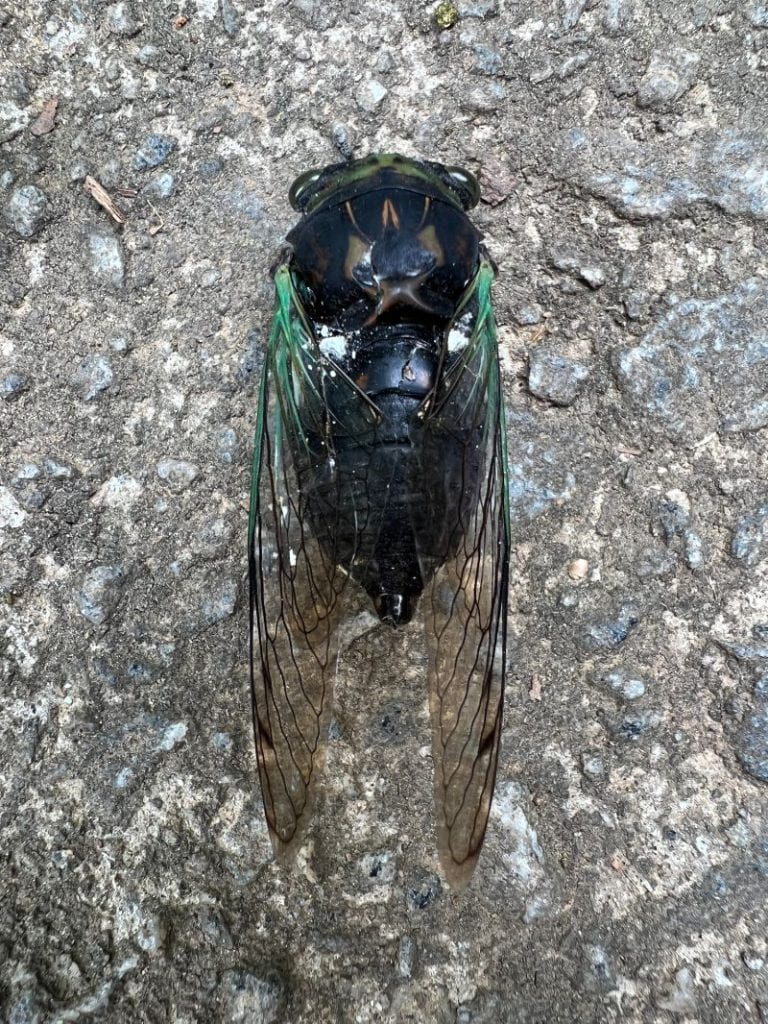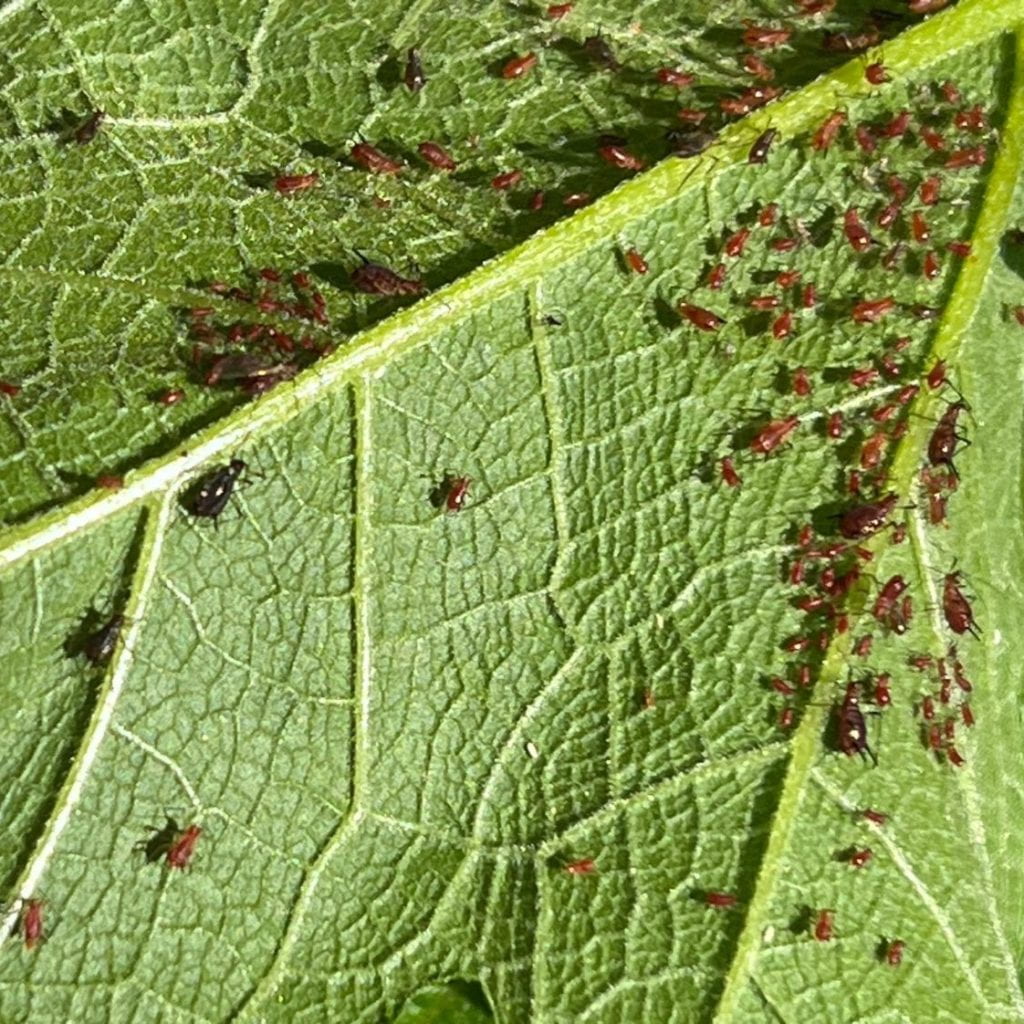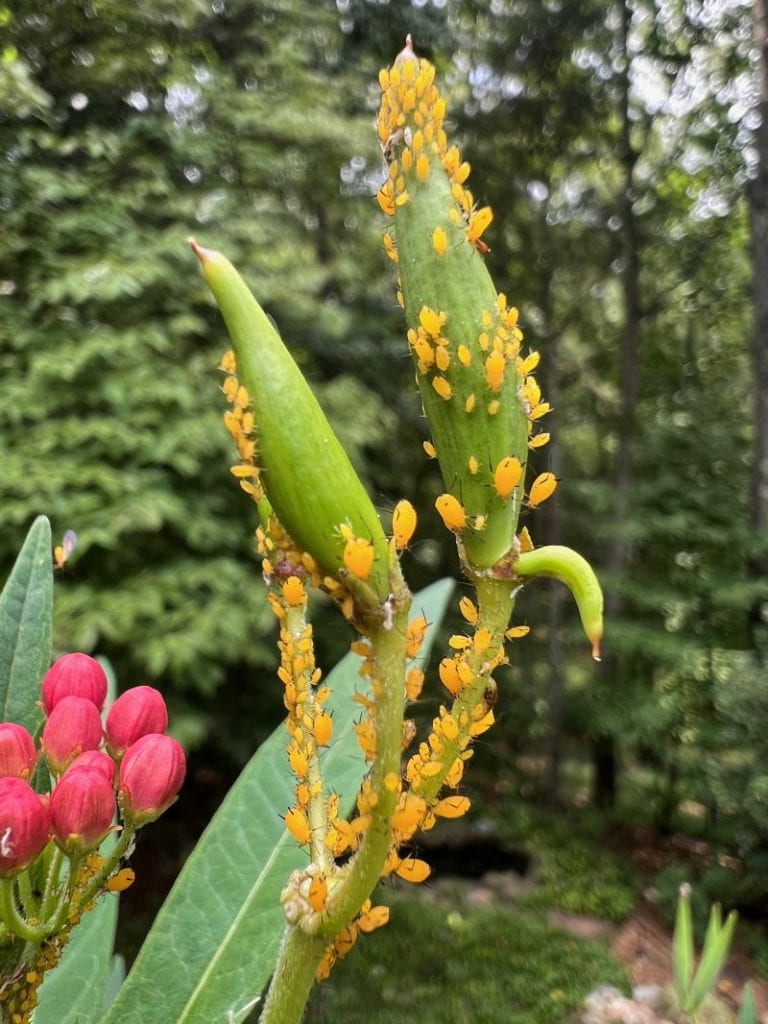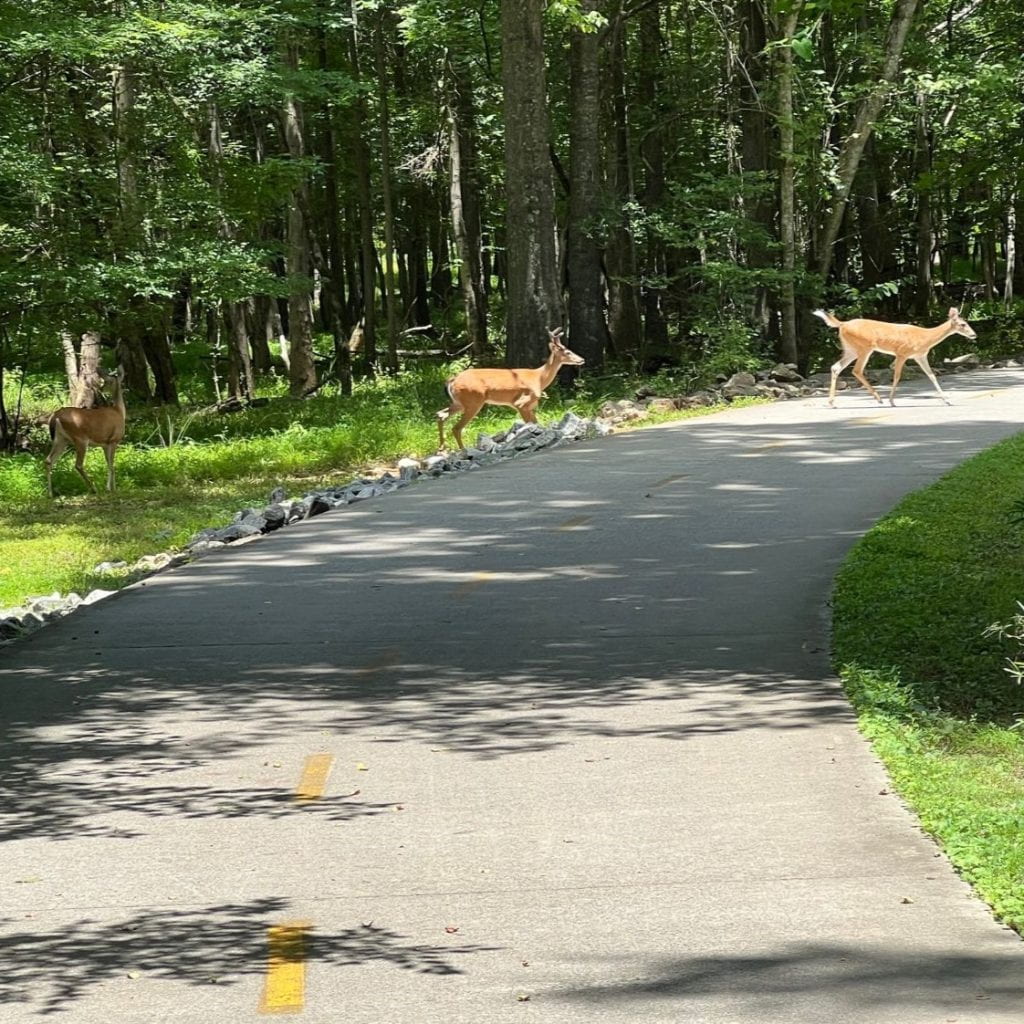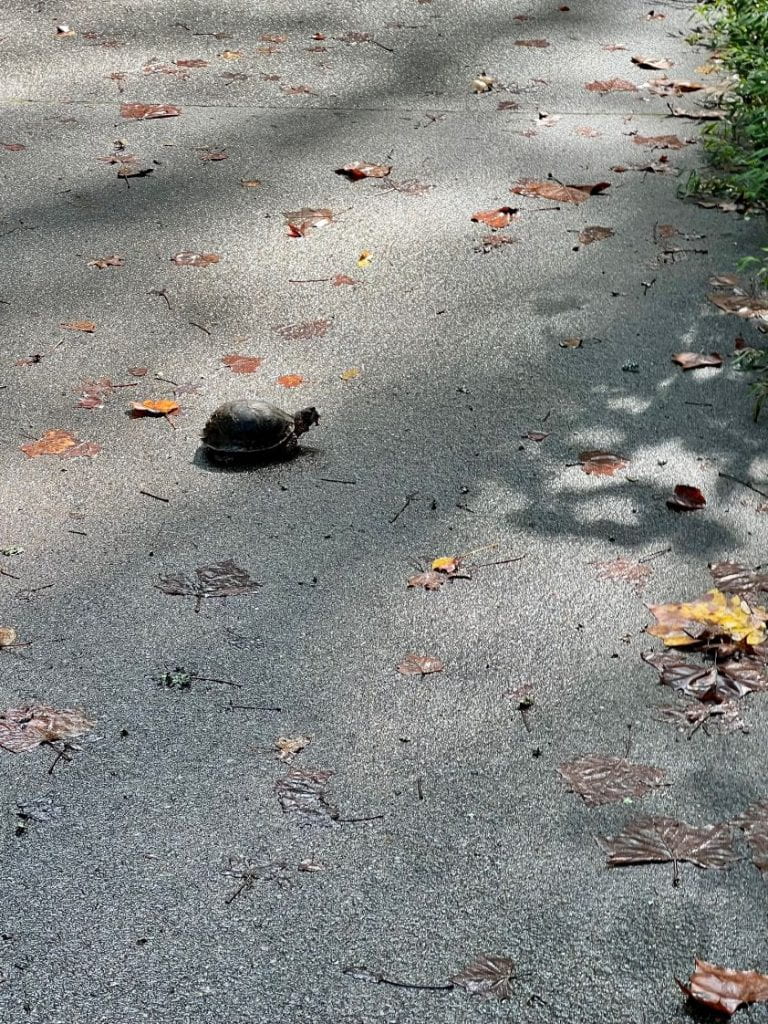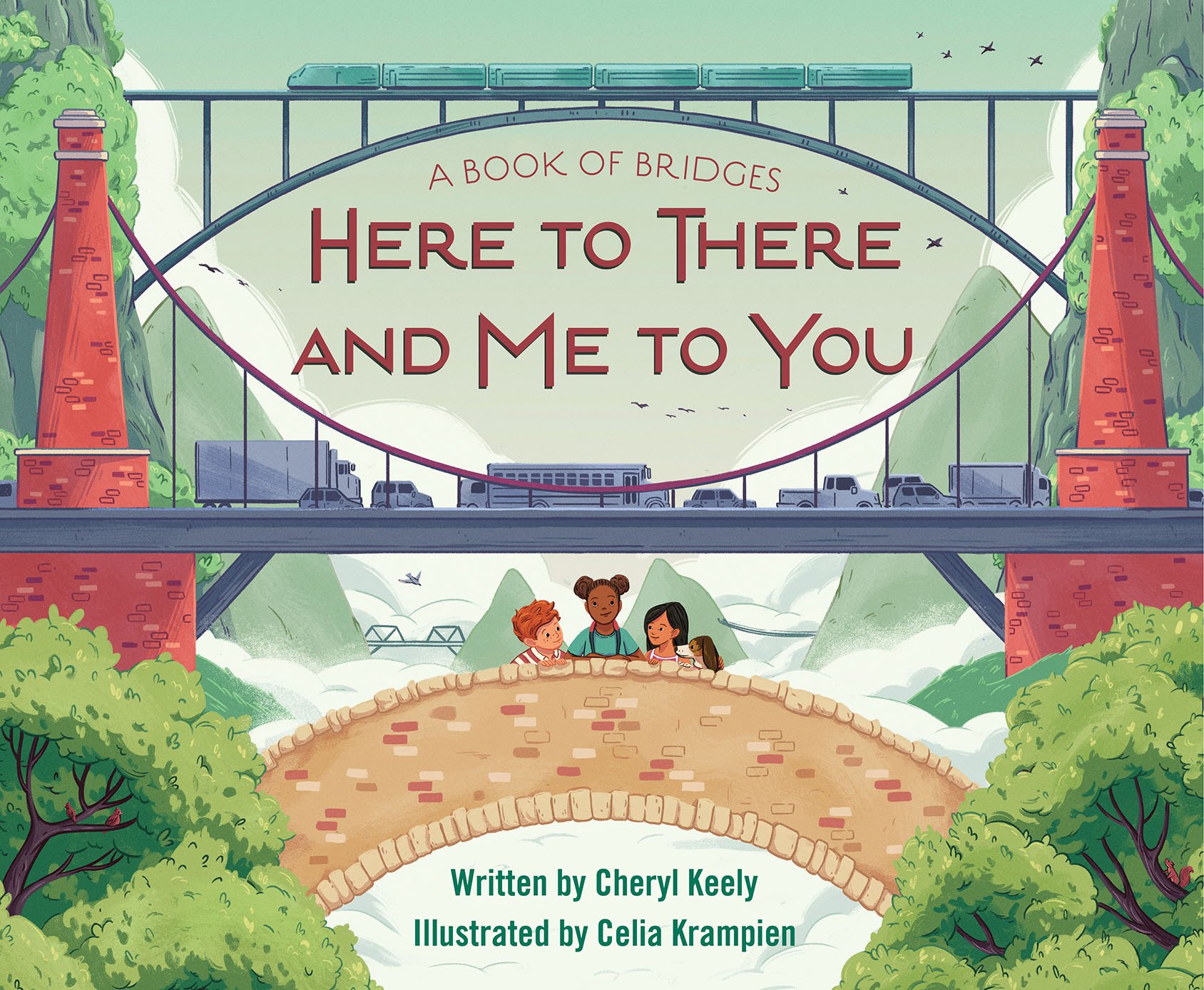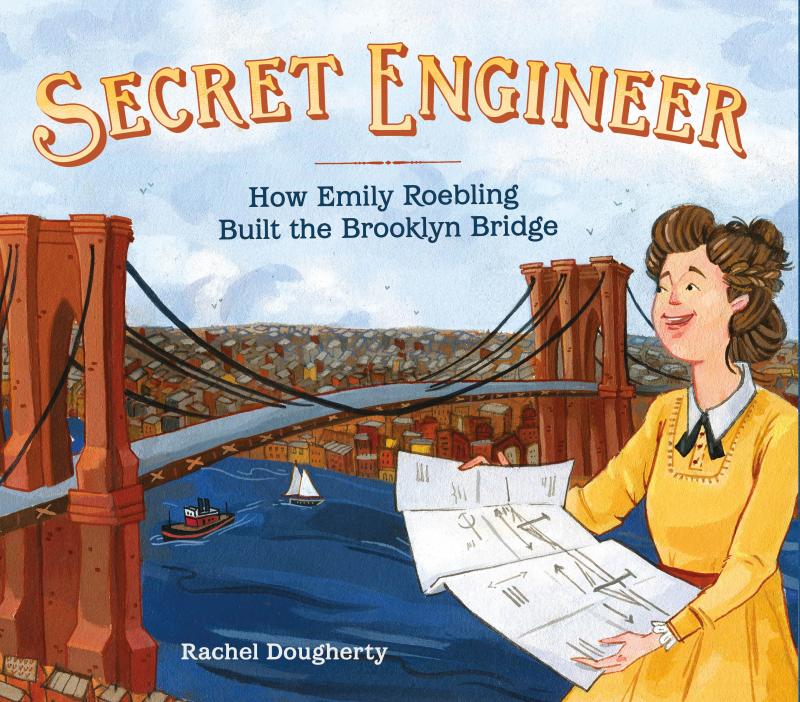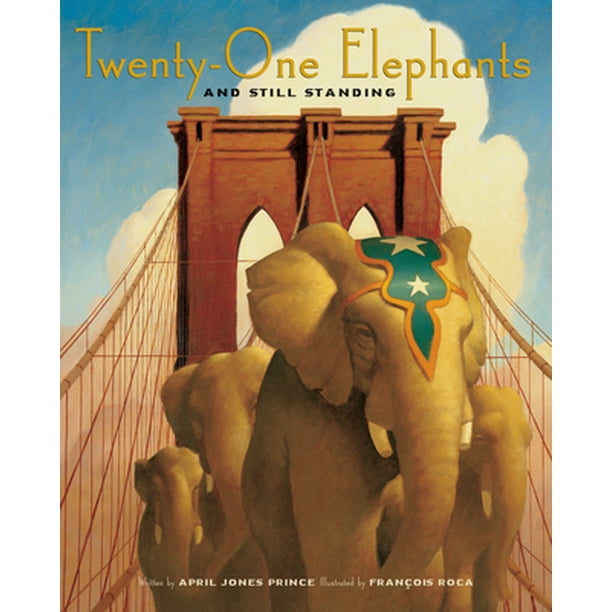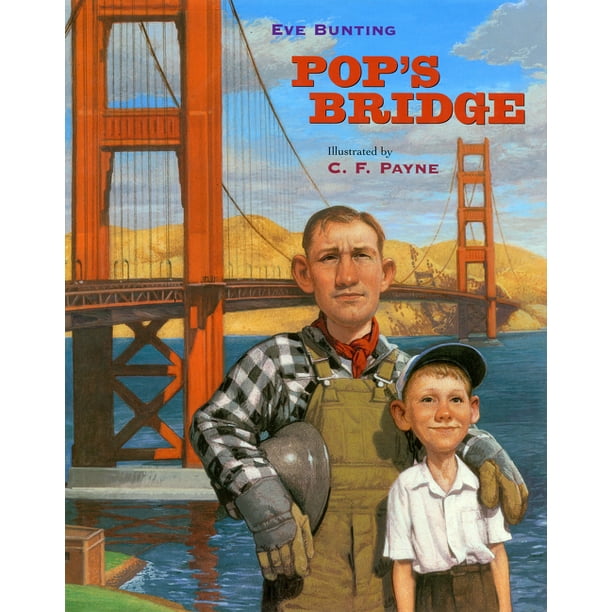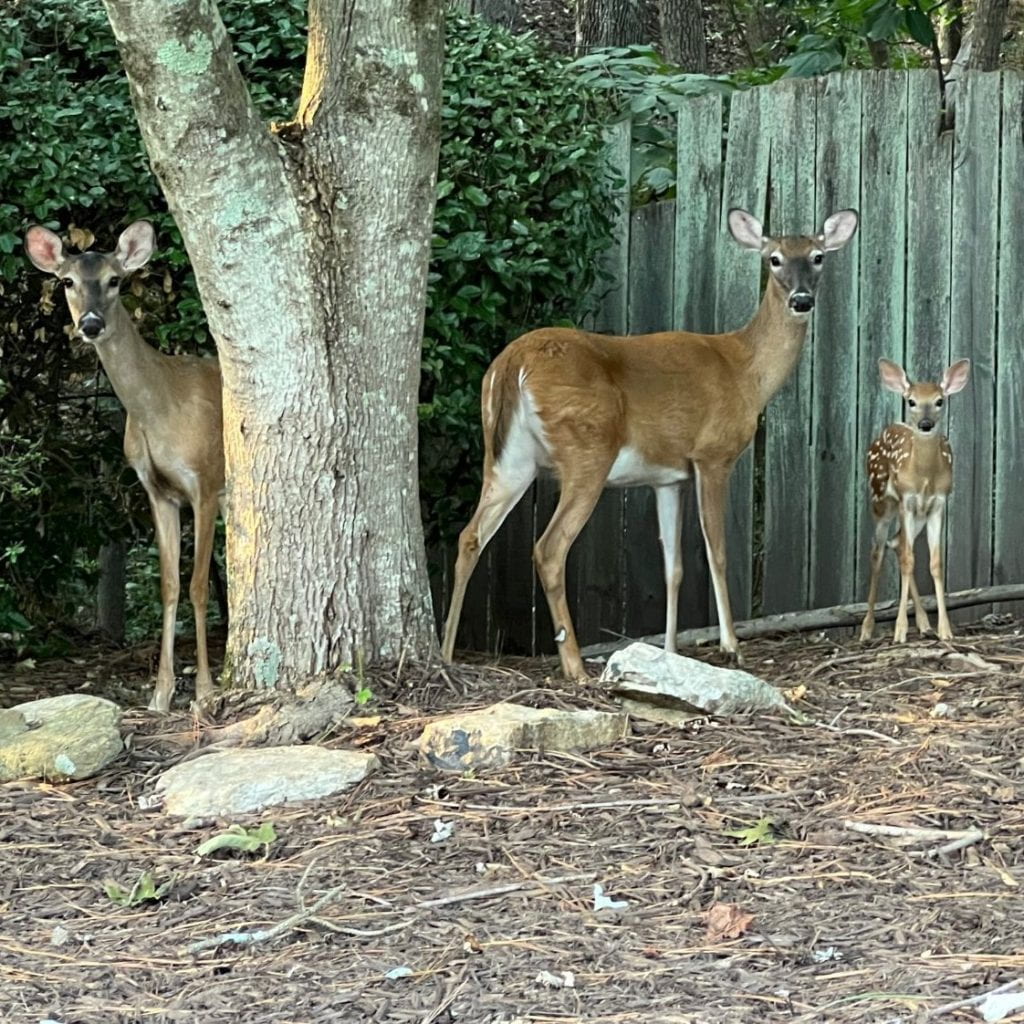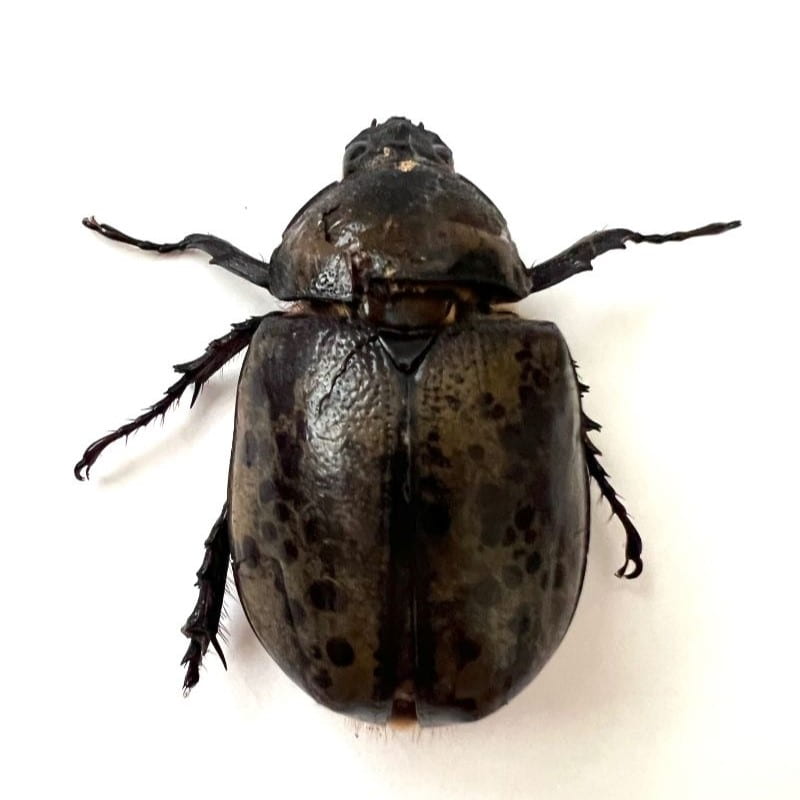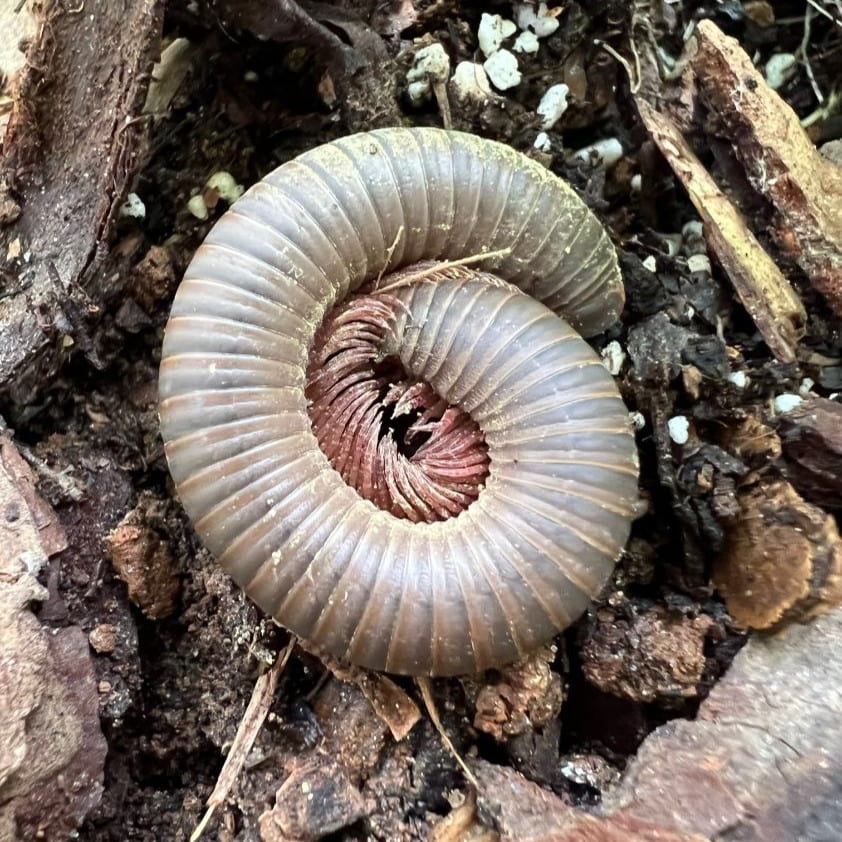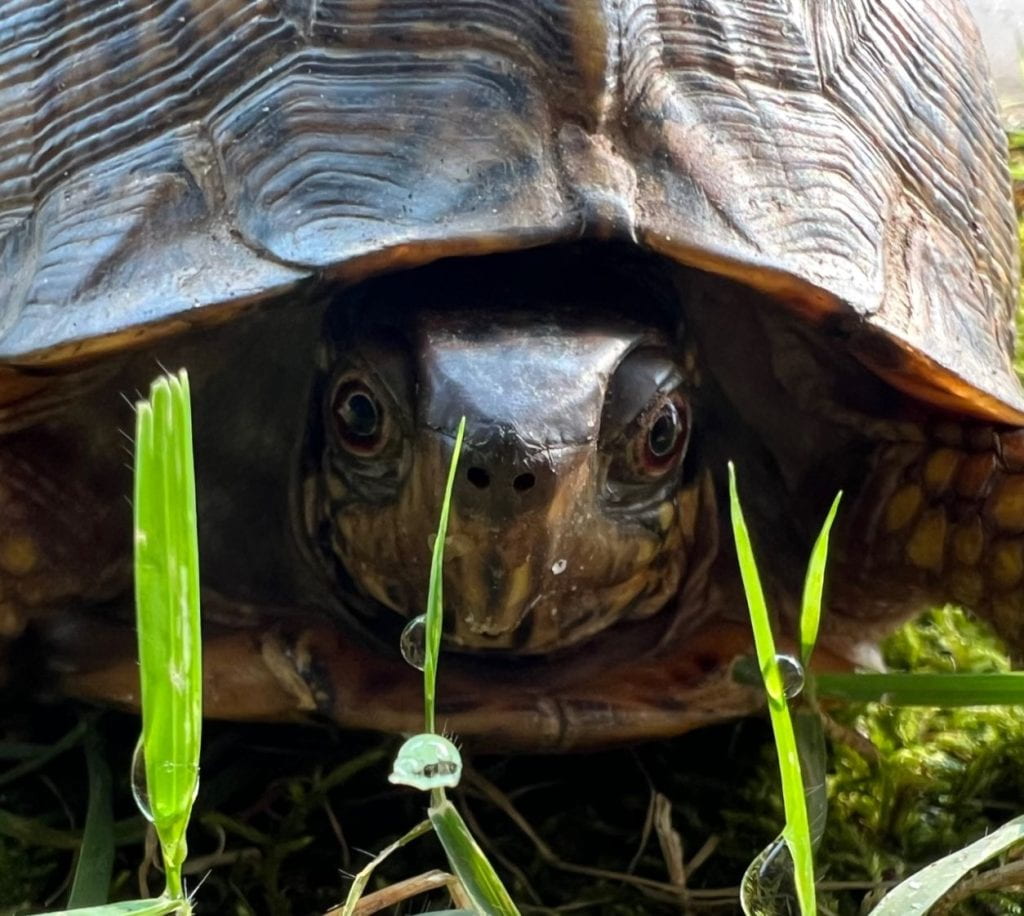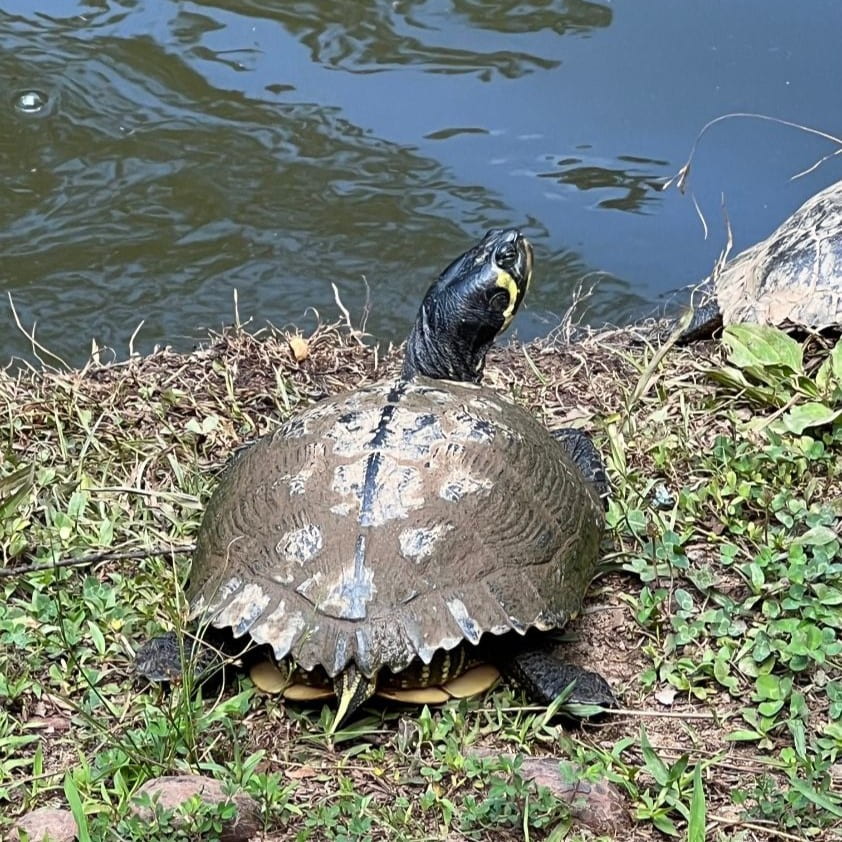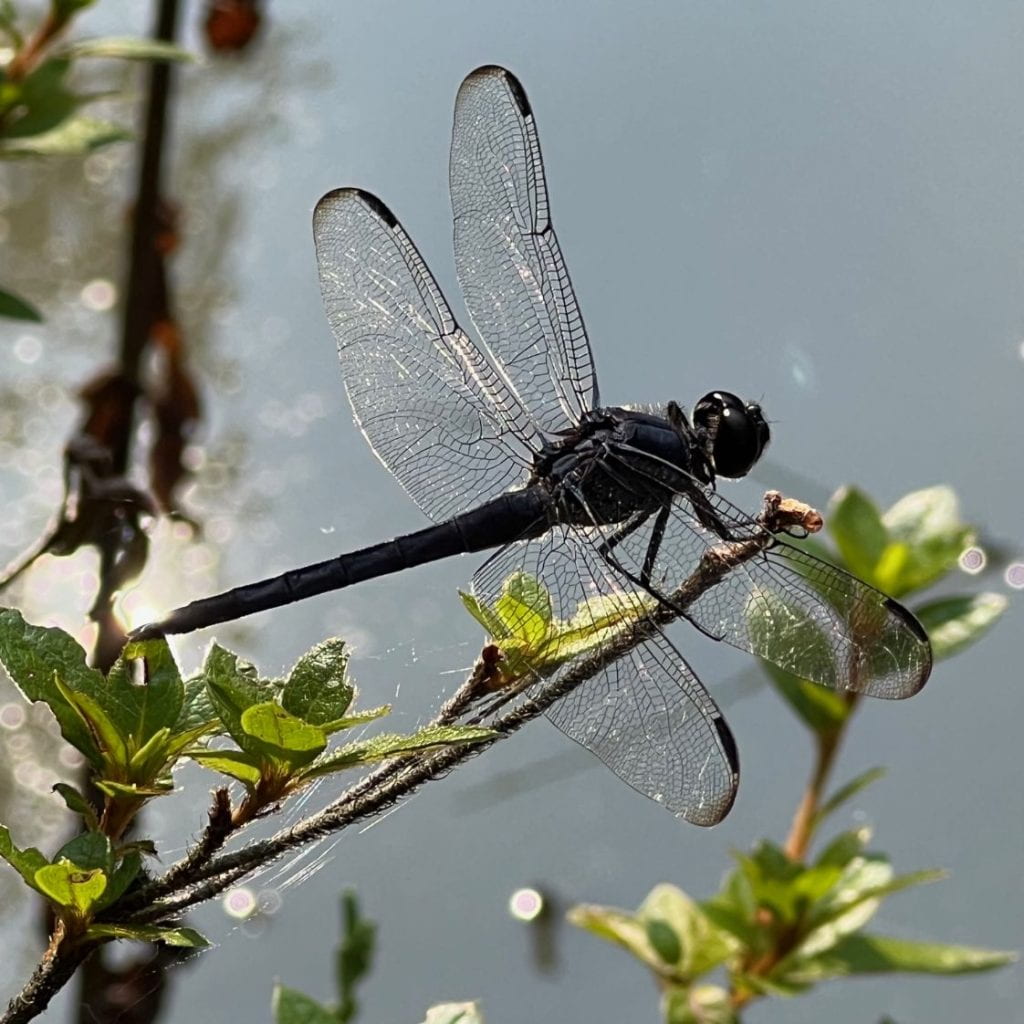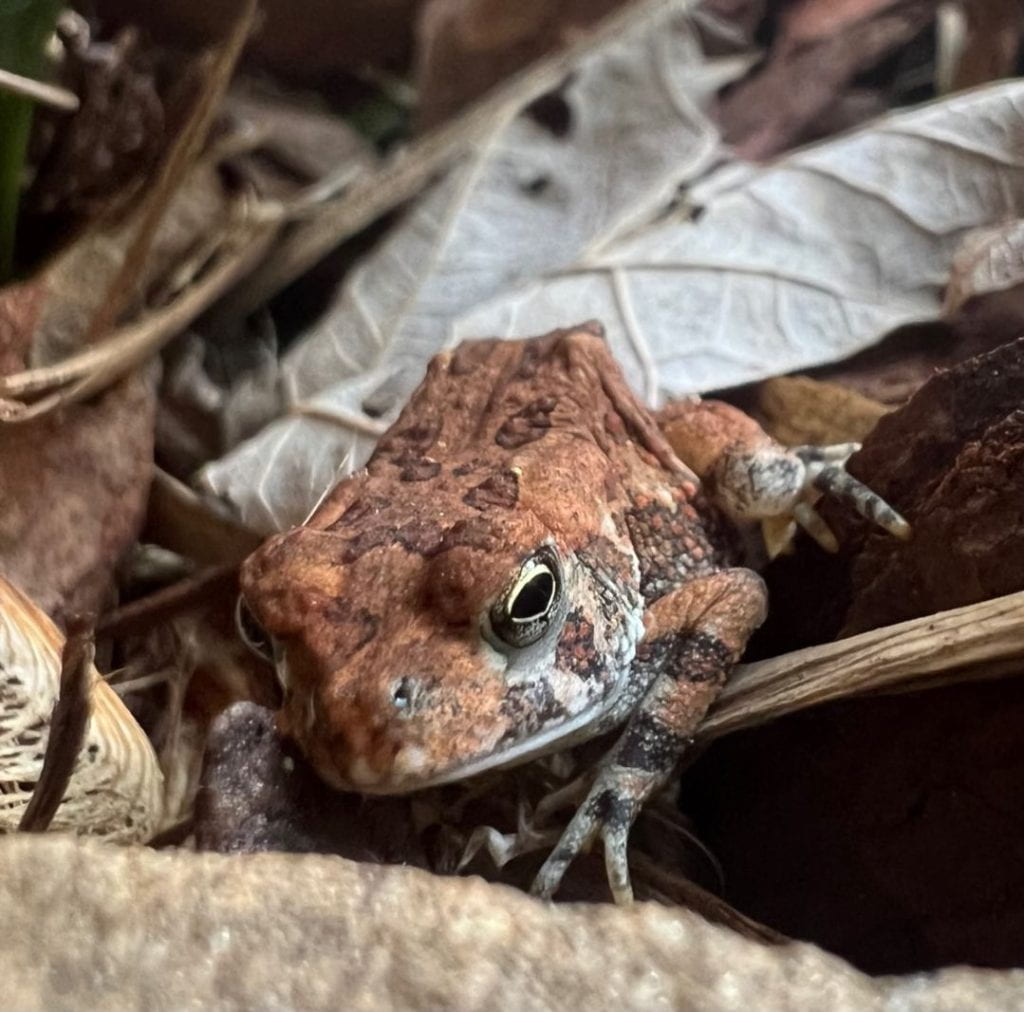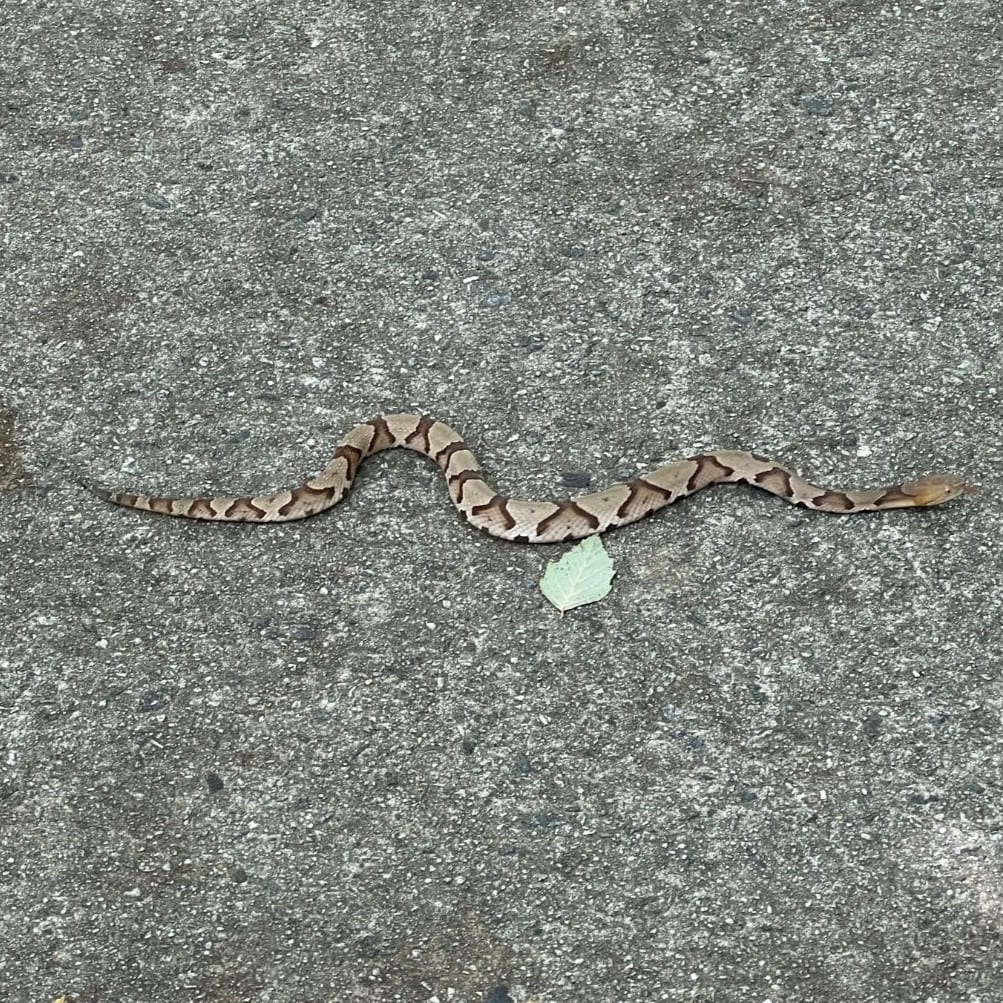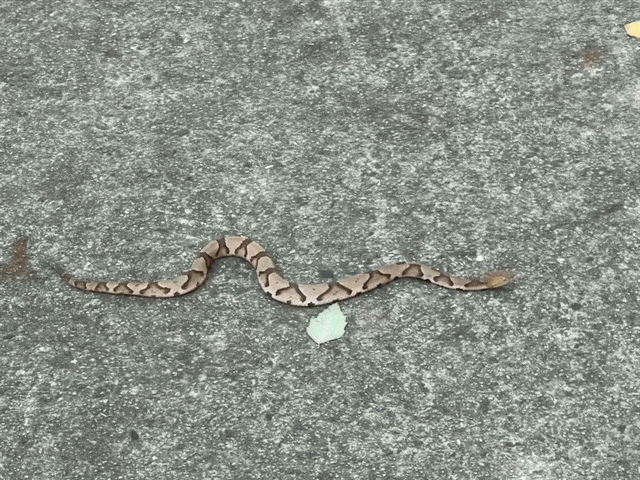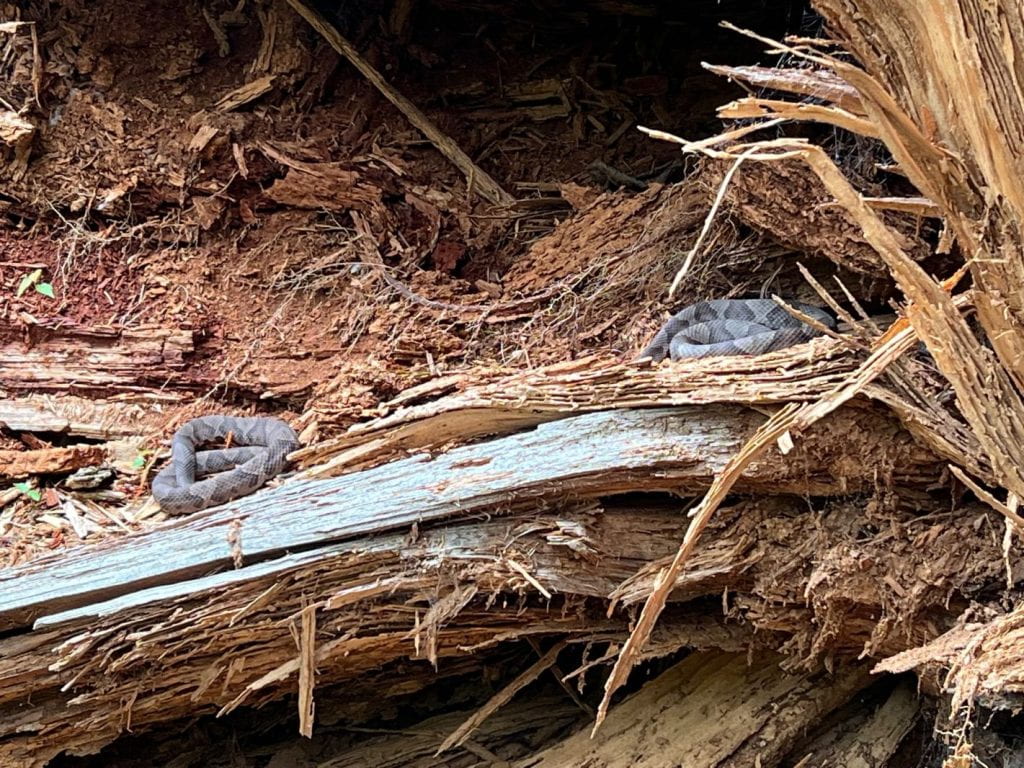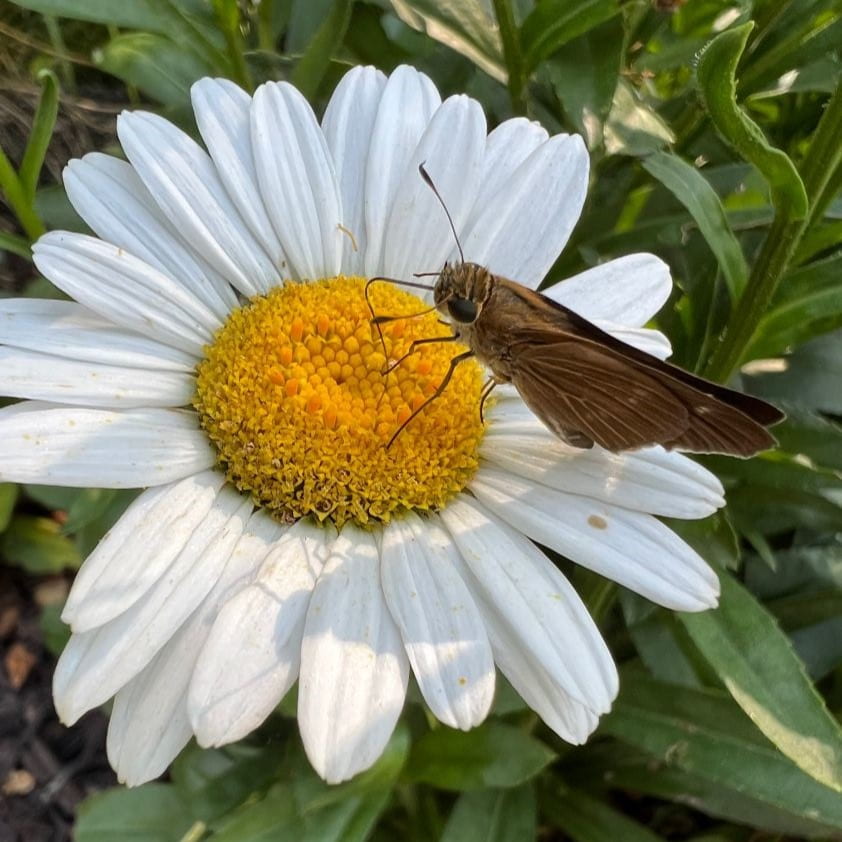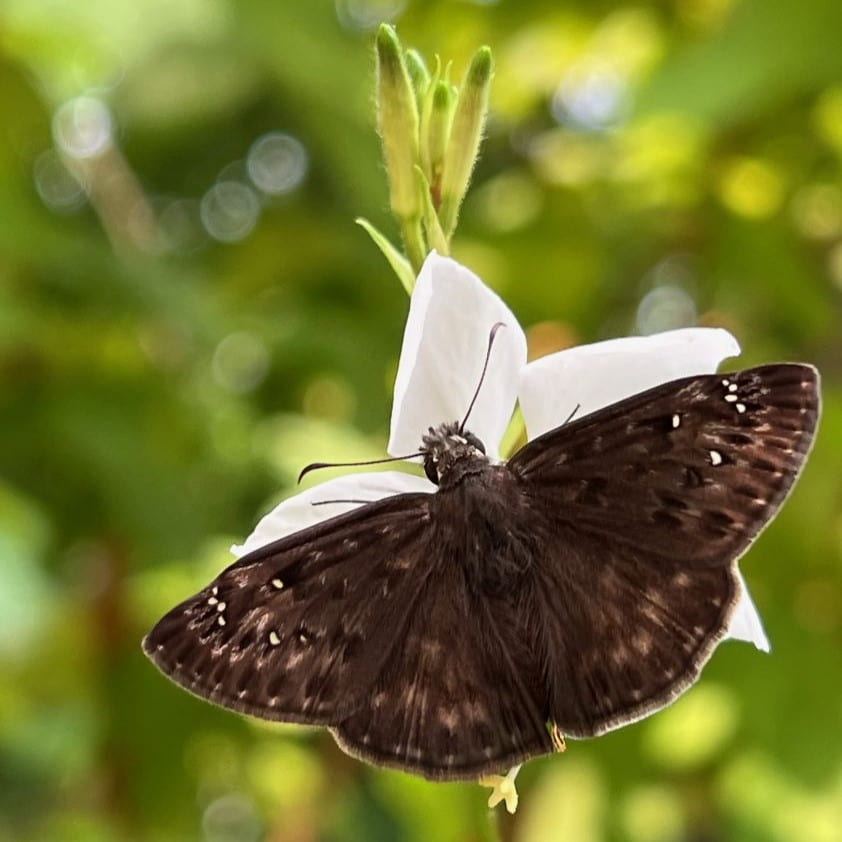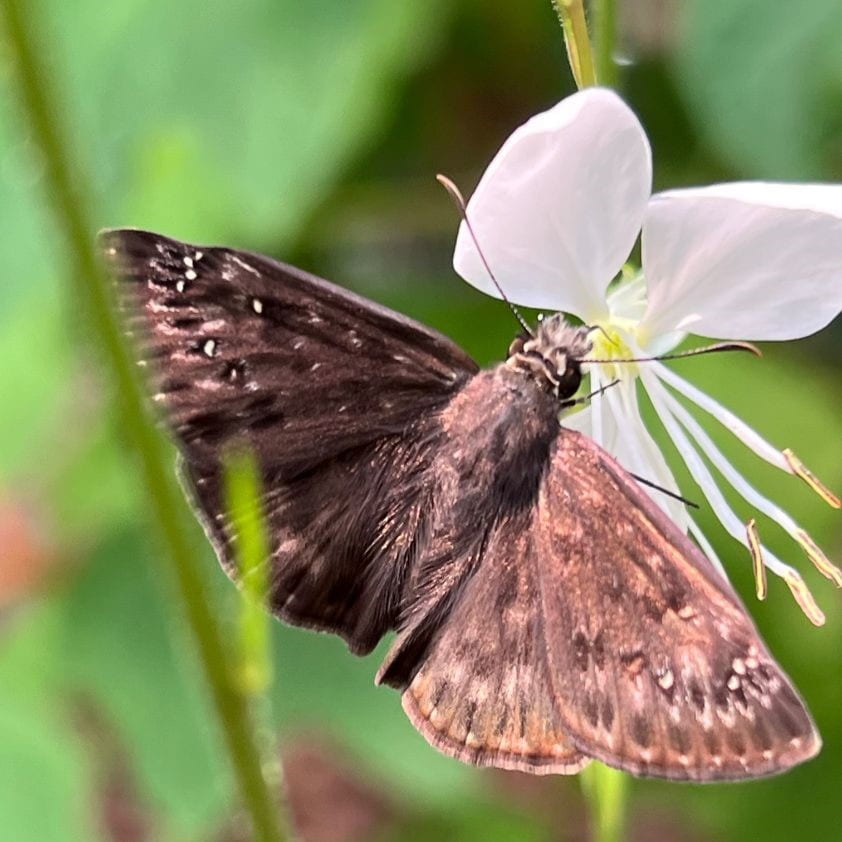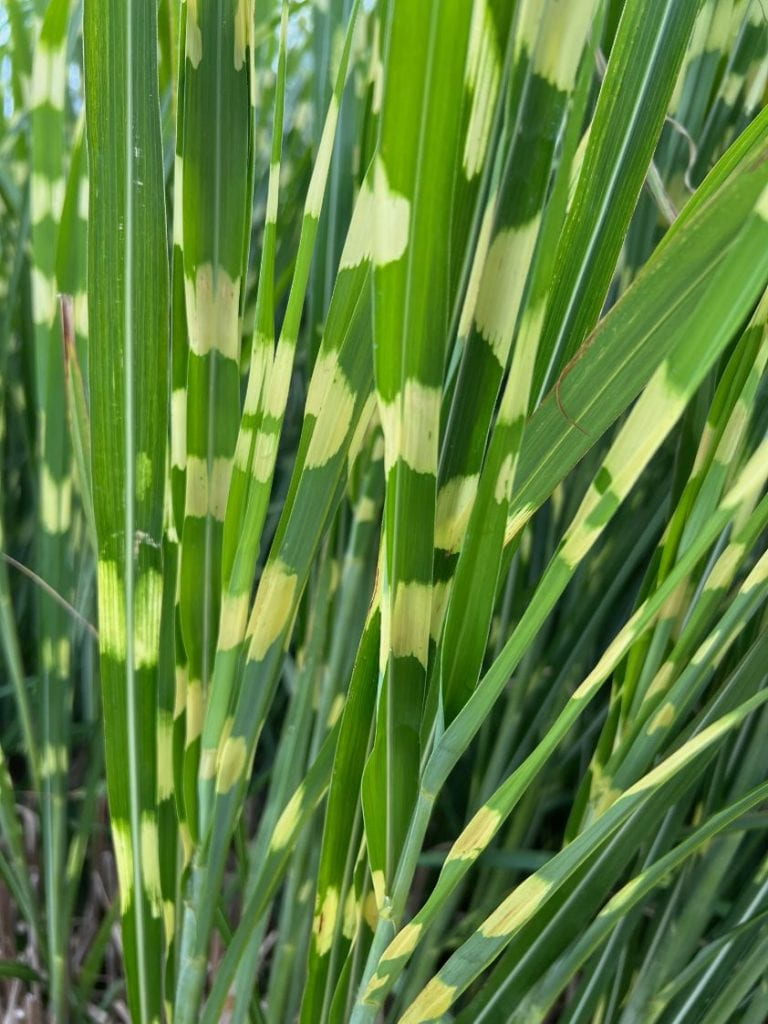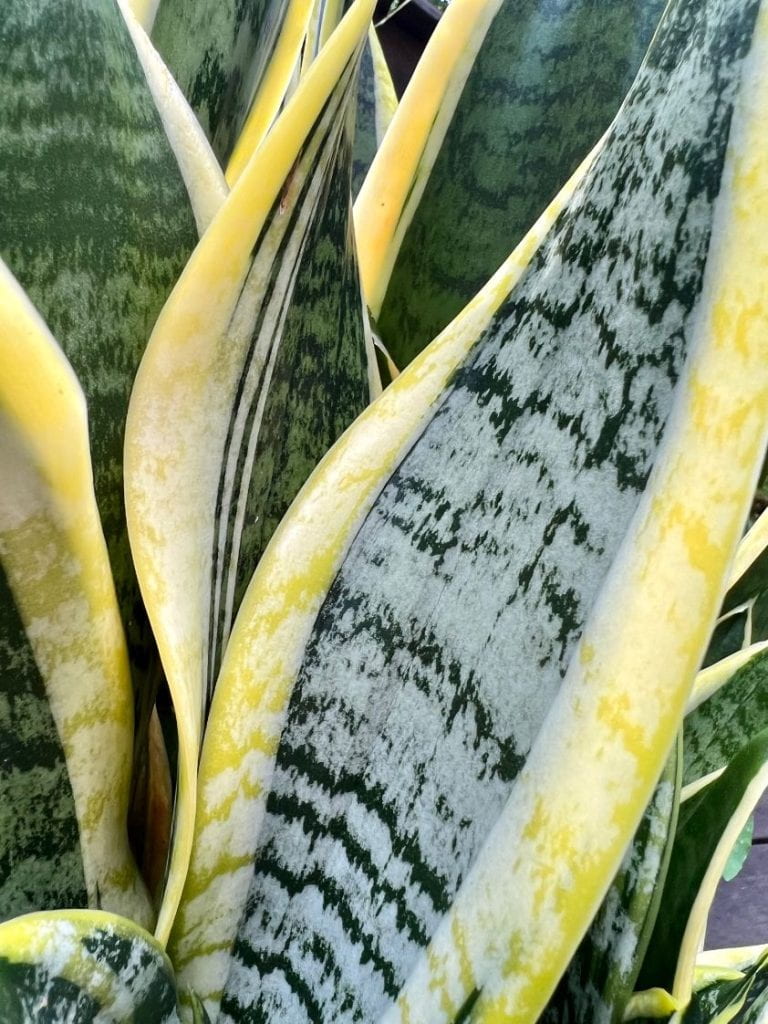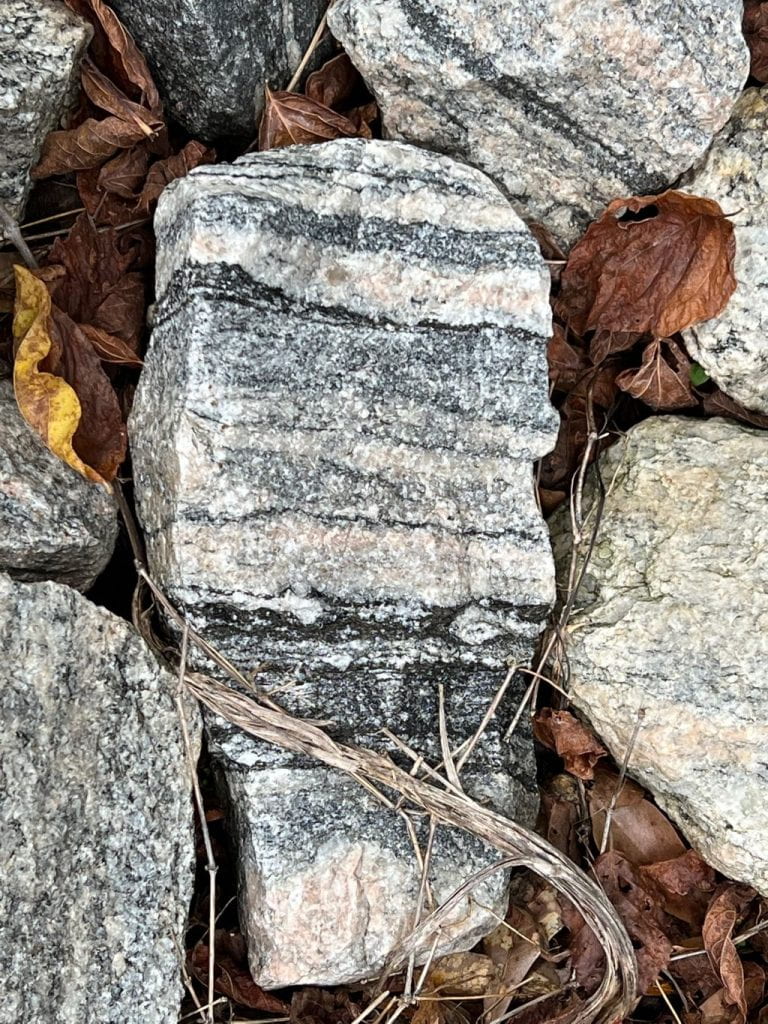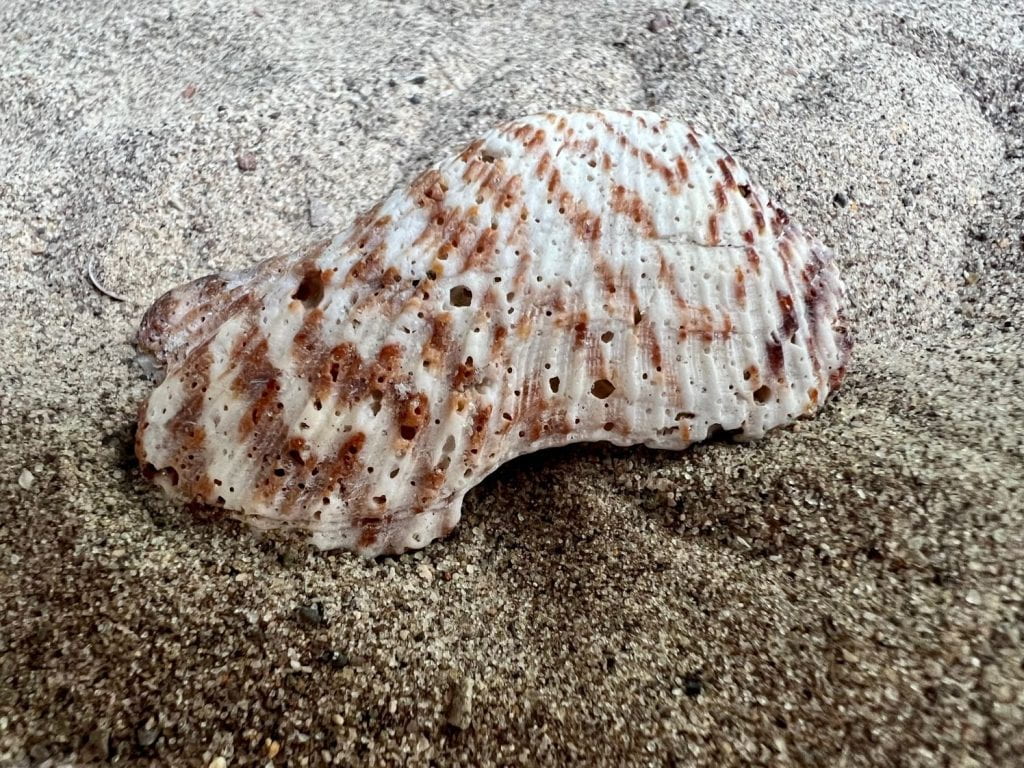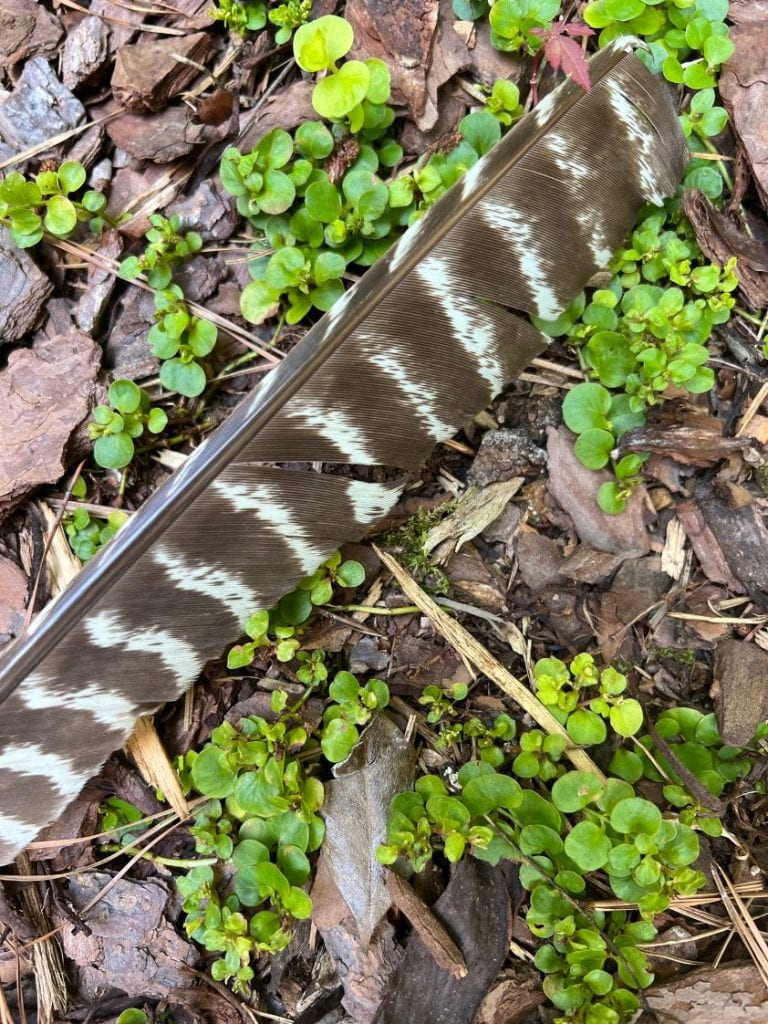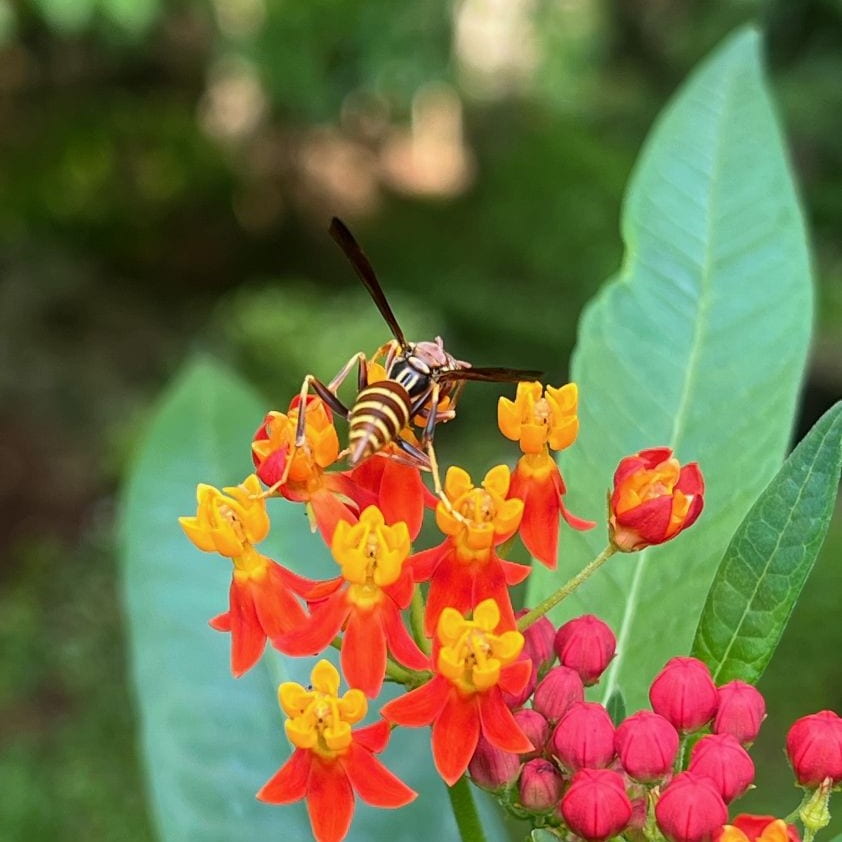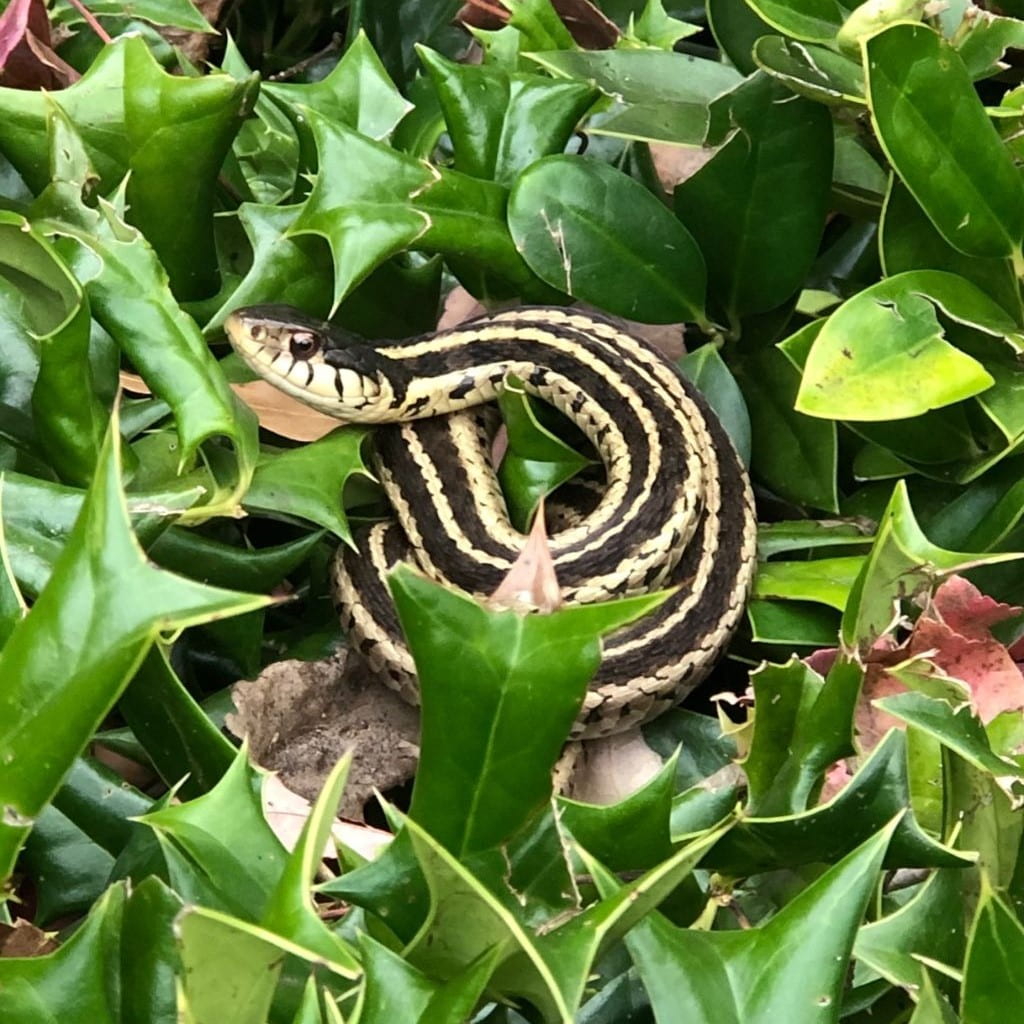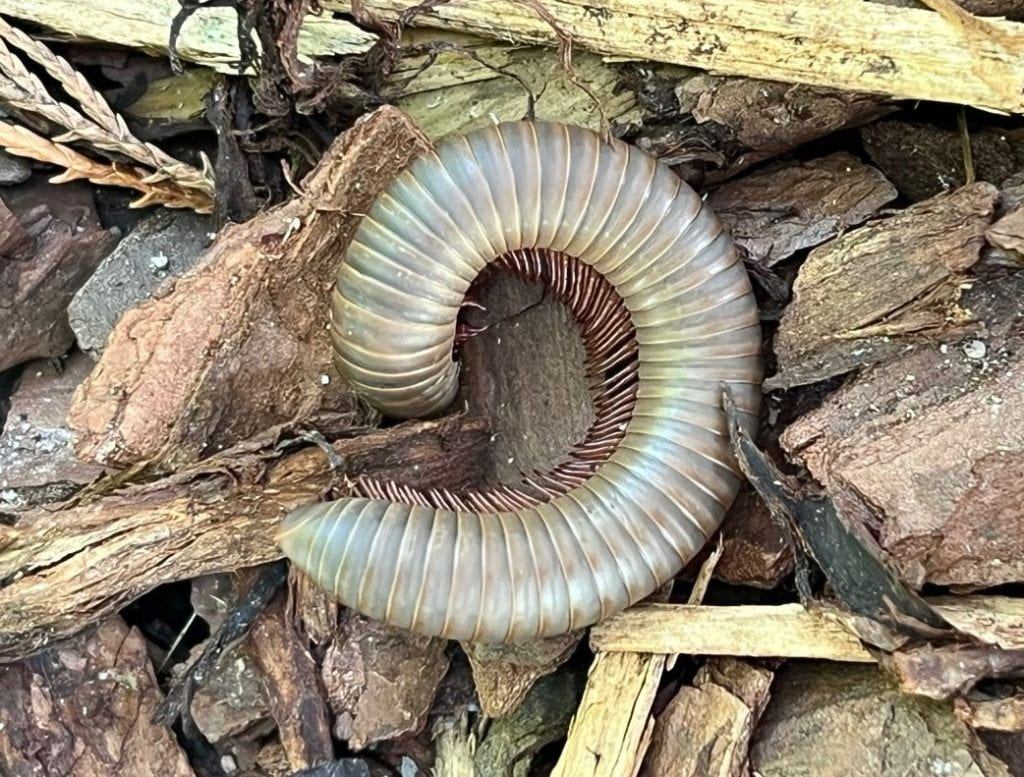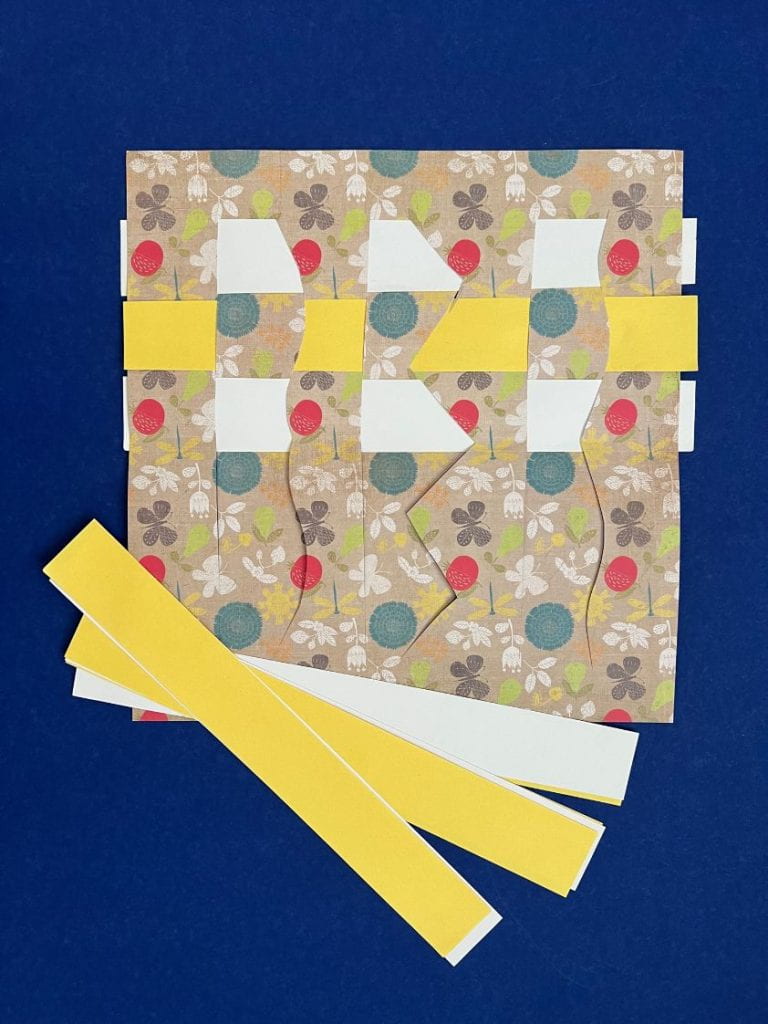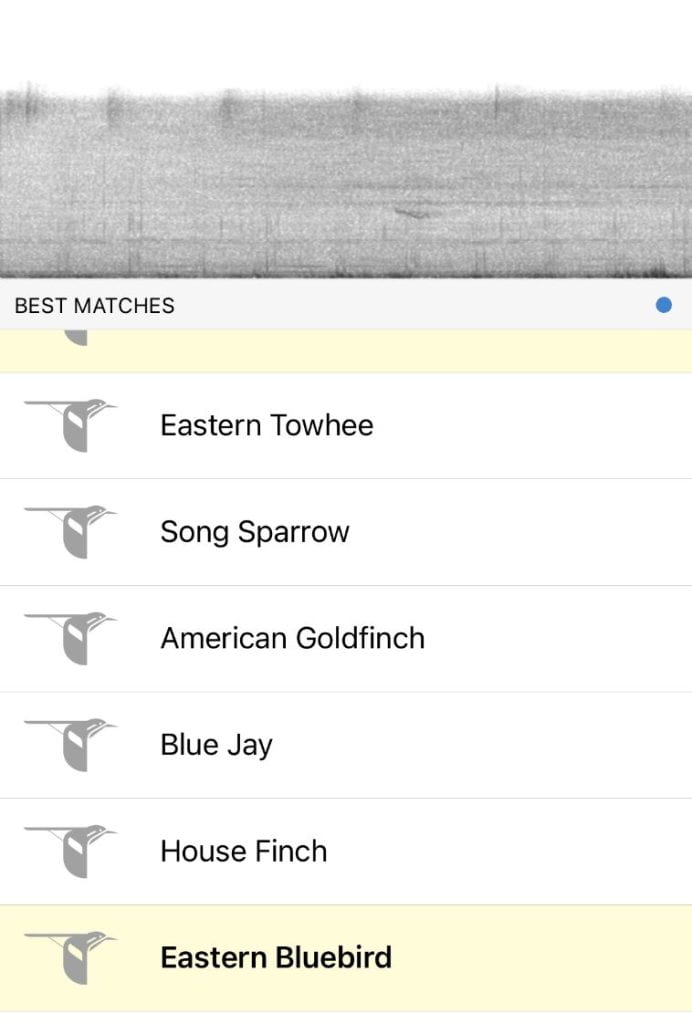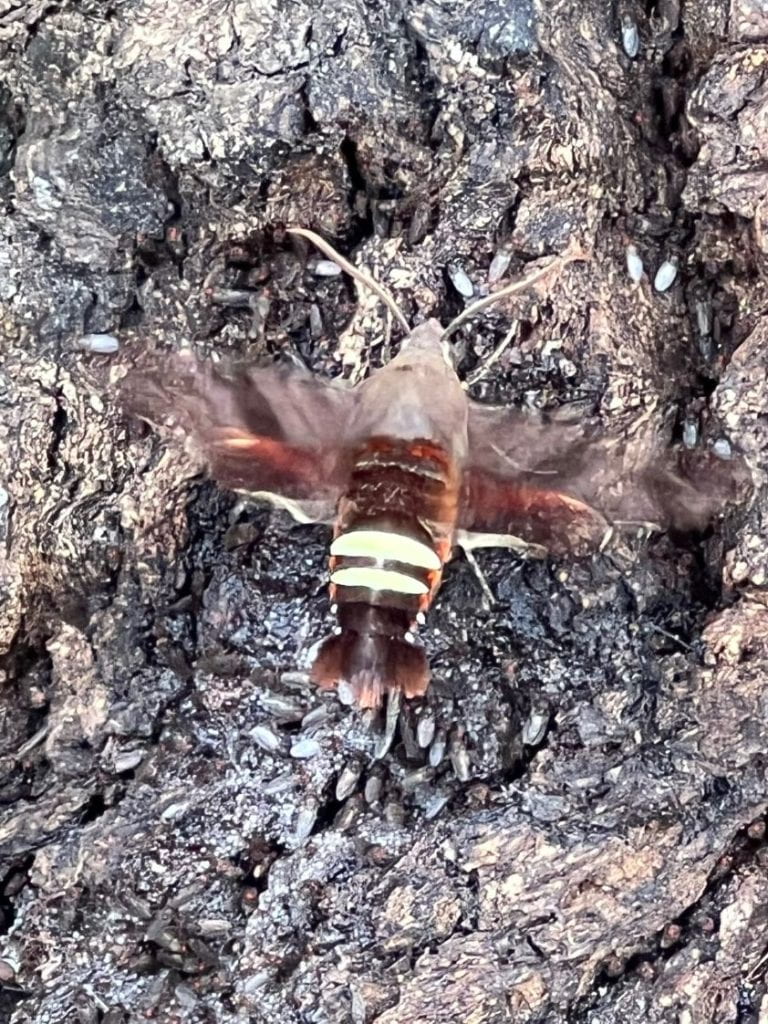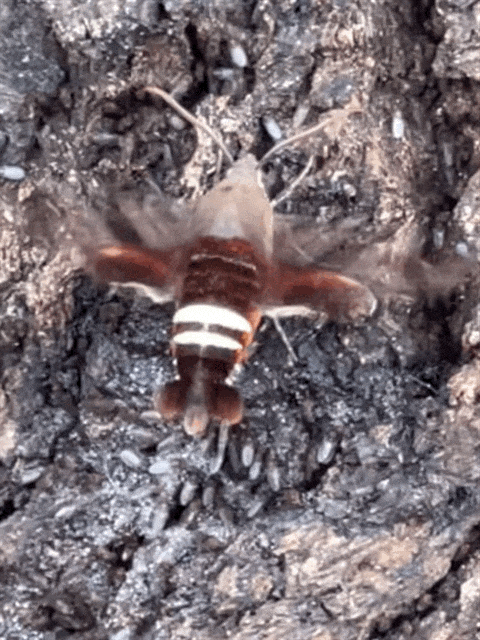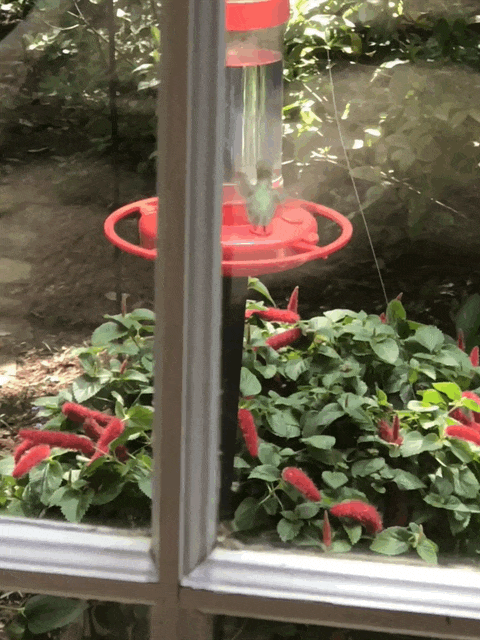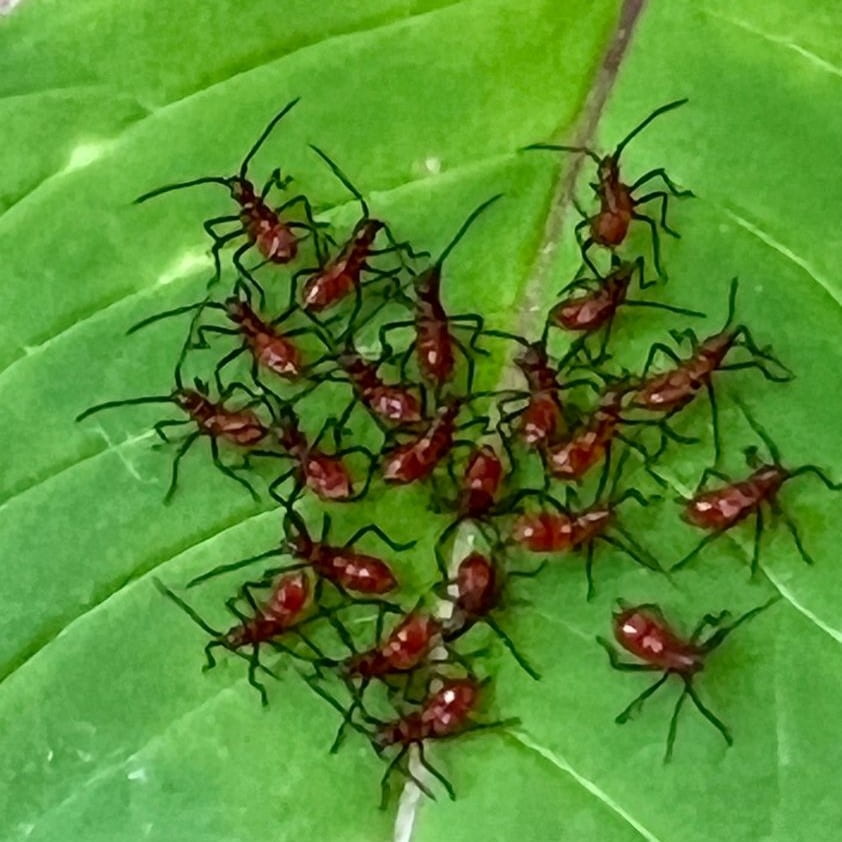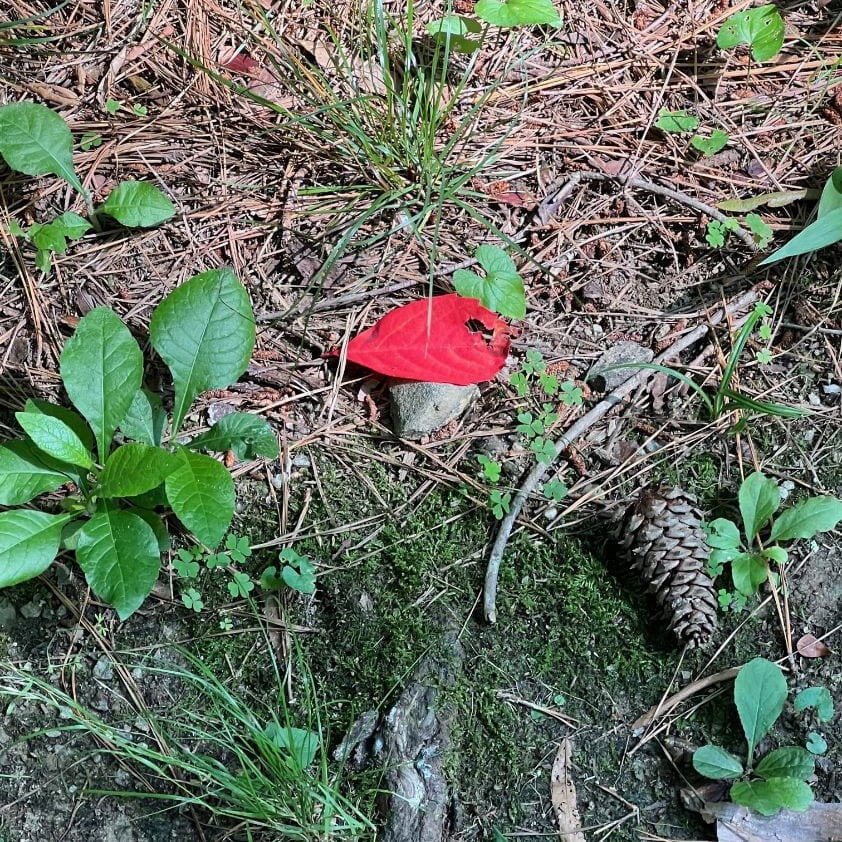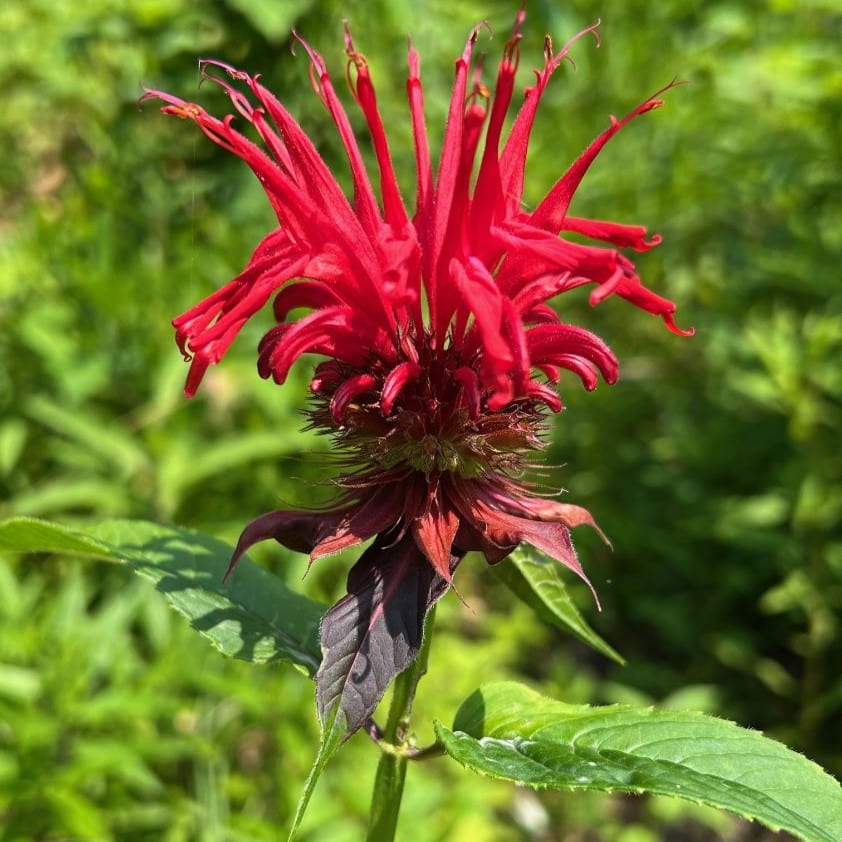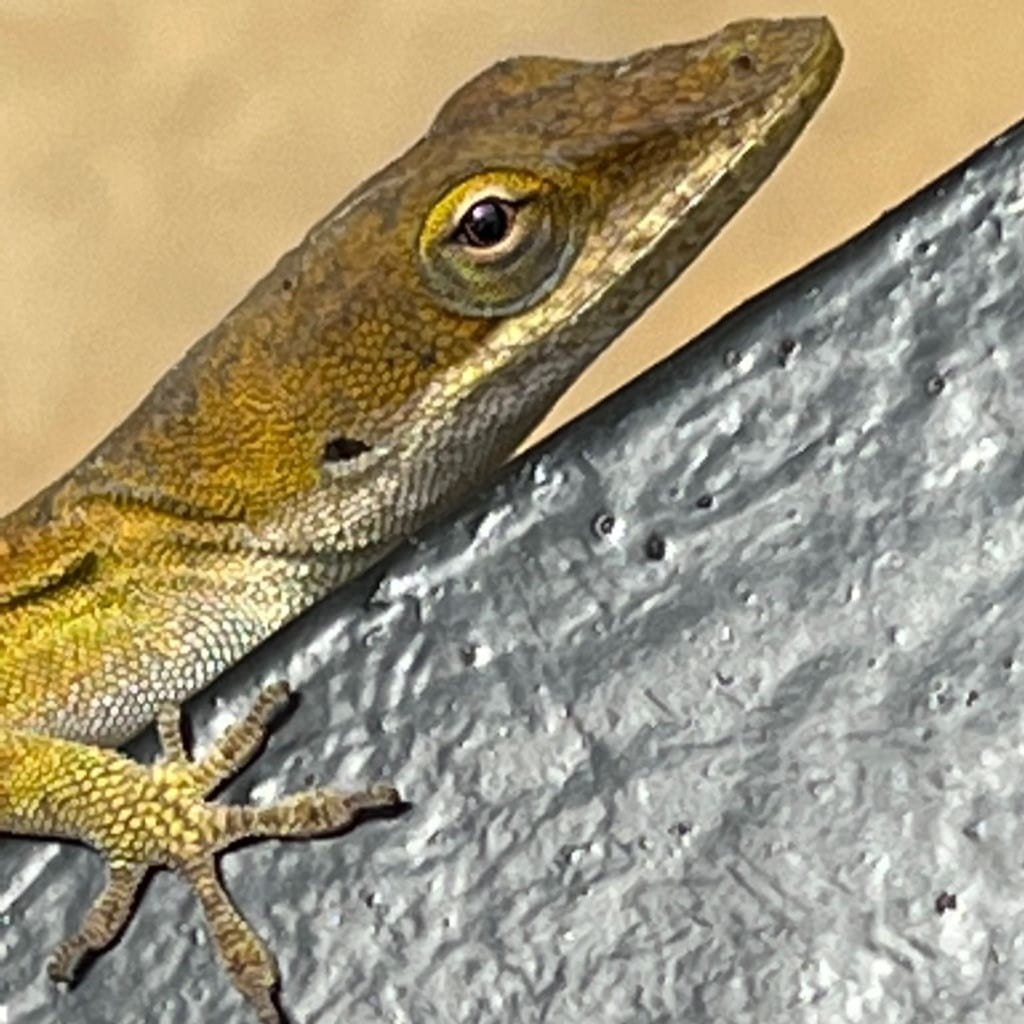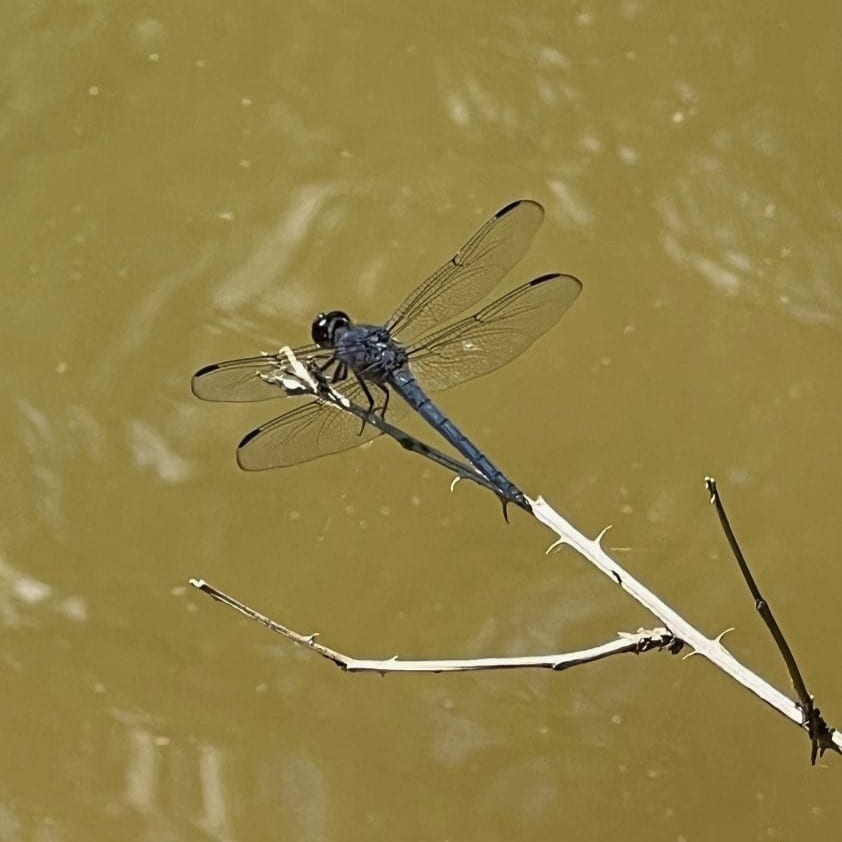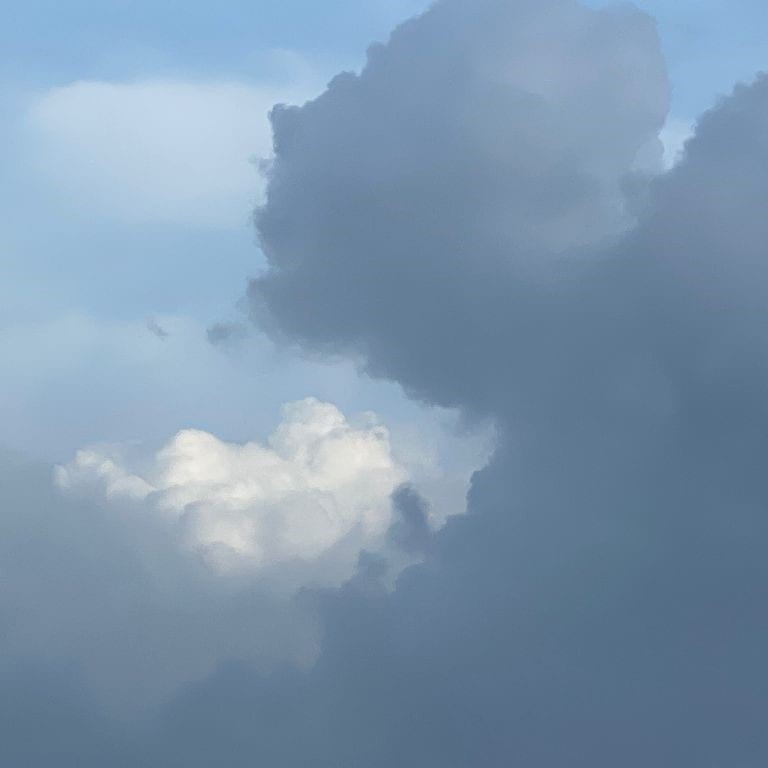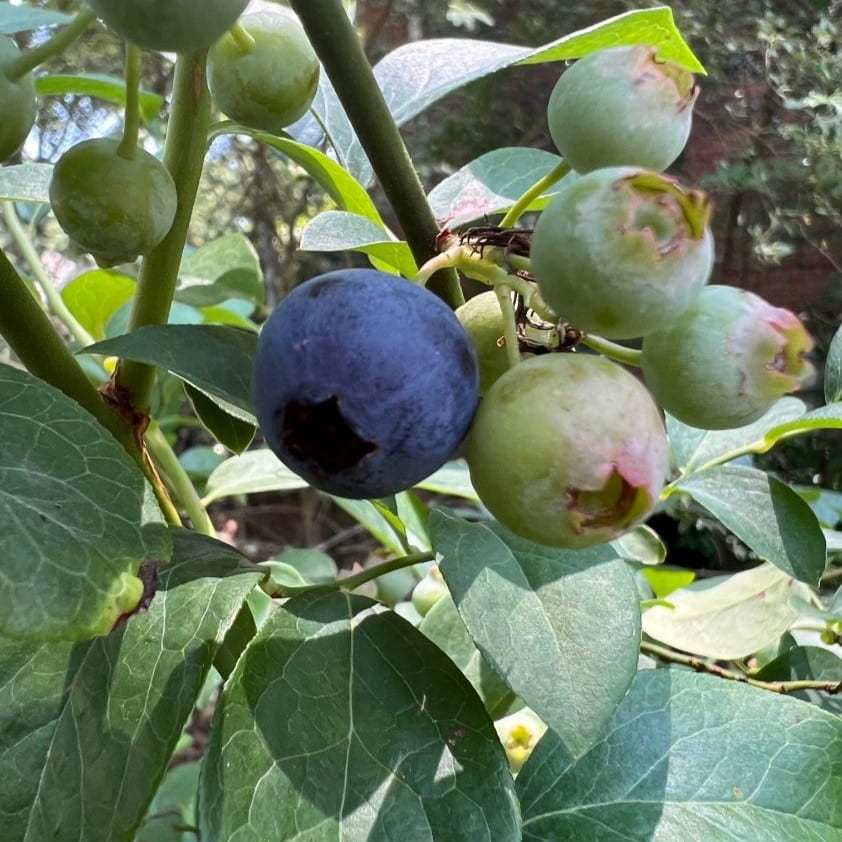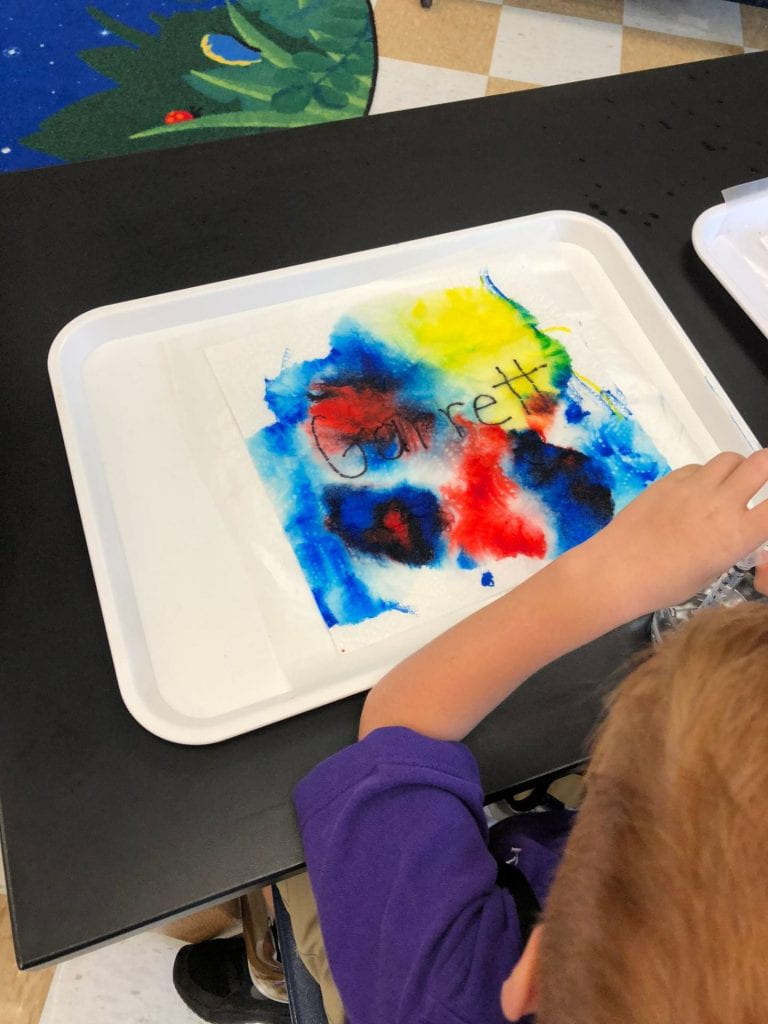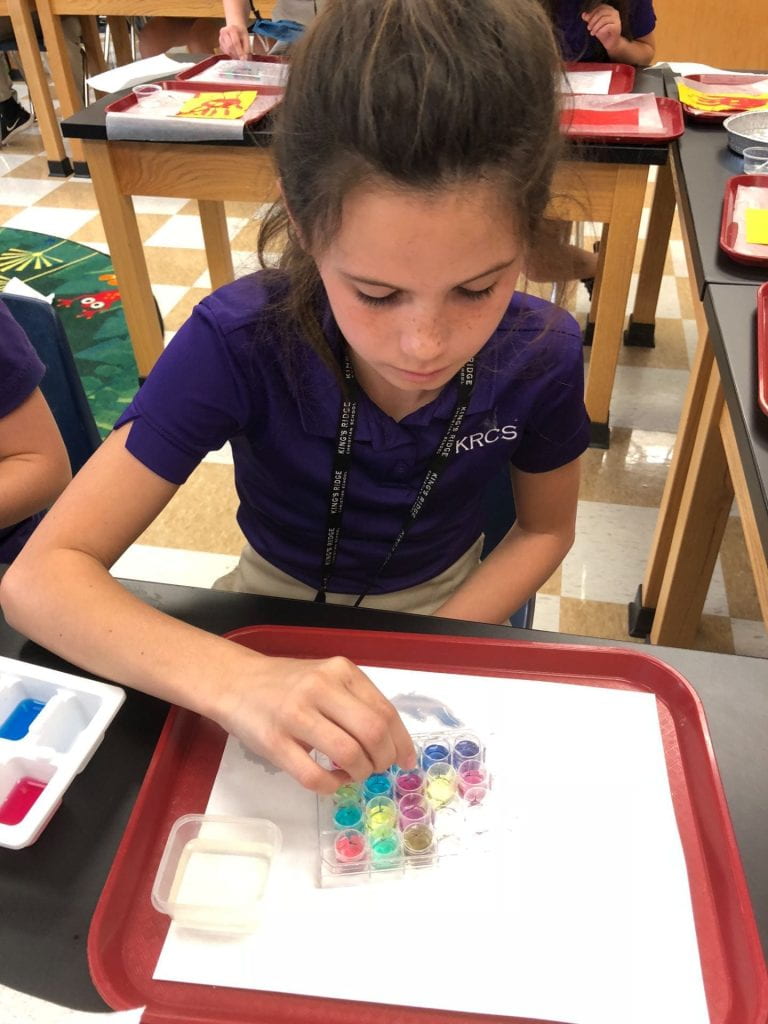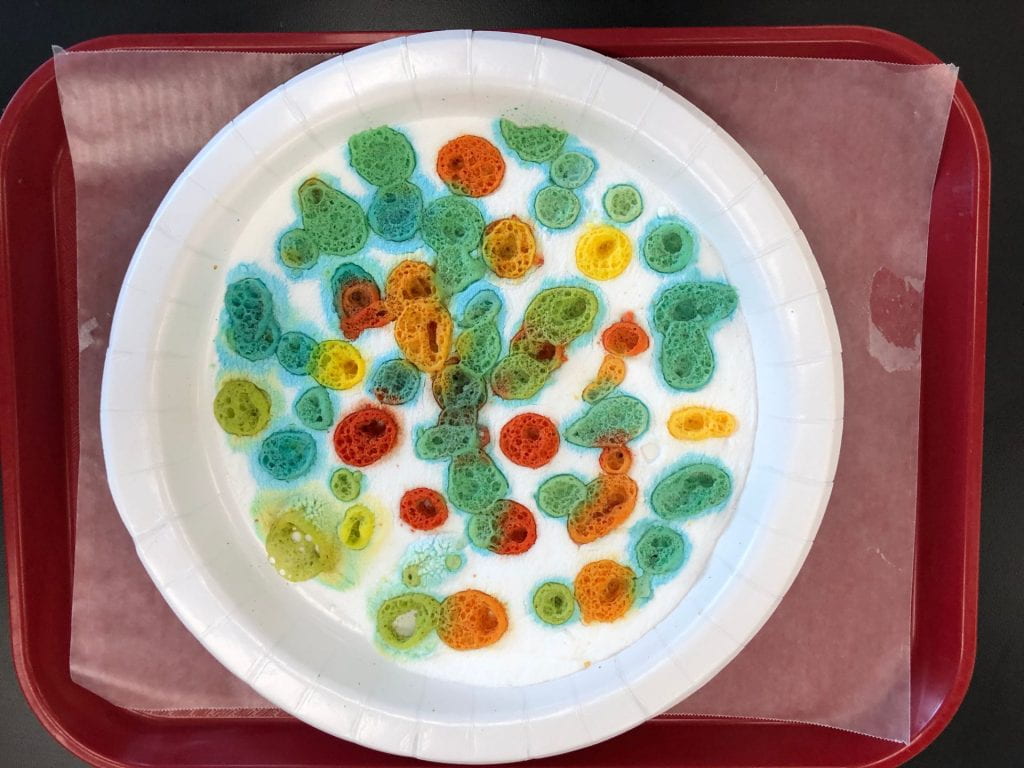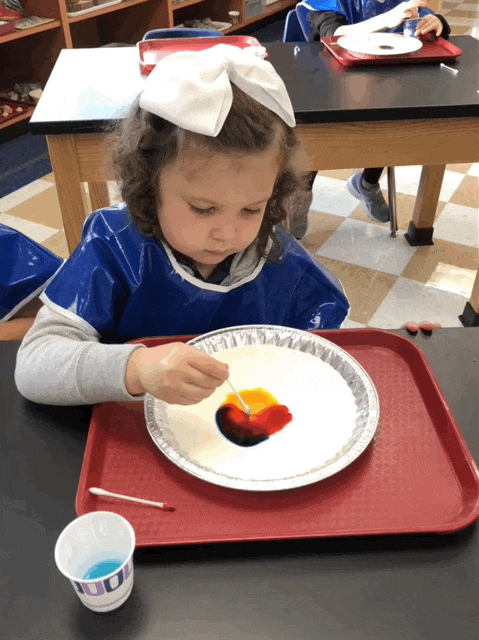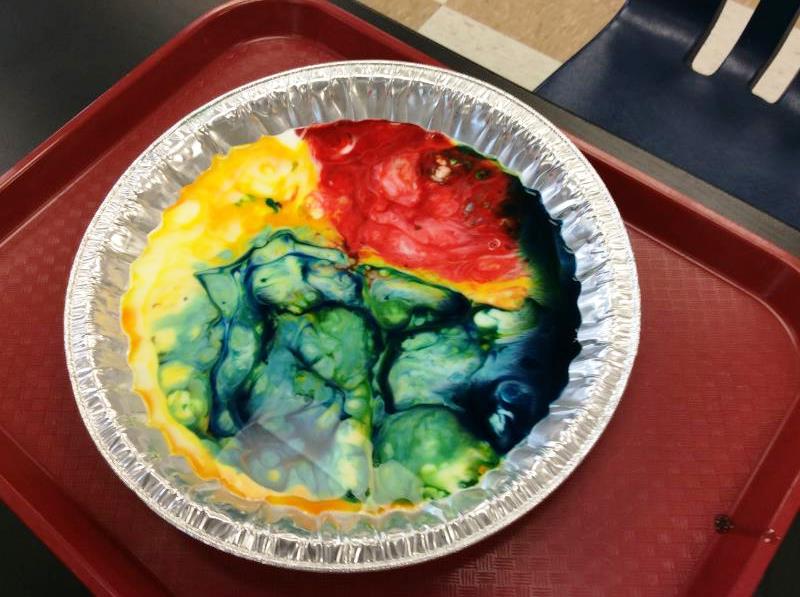Are Bugs Insects?
Are the words bug and insect synonyms? According to scientists, the two terms are not interchangeable. Let’s learn the difference between them. True bugs belong to the insect order Hemiptera.
The specialized piercing mouthparts bugs use for sucking is the primary difference between insects and bugs. Also, all bugs (and some insects) move through incomplete metamorphosis (egg, nymph, adult) during their life cycle, rather than complete metamorphosis (egg, larva, pupa, and adult). So, a bug is a type of insect. All bugs are insects, but not all insects are bugs.
The diversity in the world of bugs and insects is displayed through the accurate and colorful illustrations in the informational book, Bugs are Insects.

Recently, I’ve come across several true bugs – cicadas and aphids. Stink bugs are also true bugs.
The sound of cicadas reminds me of hot Atlanta summers and their forgotten exoskeletons that cling to the trunks of trees. Go here for a previous post about cicadas and here for to learn more about a cicada killing wasp.
Go here to view full screen.
From the Bug Club Series:
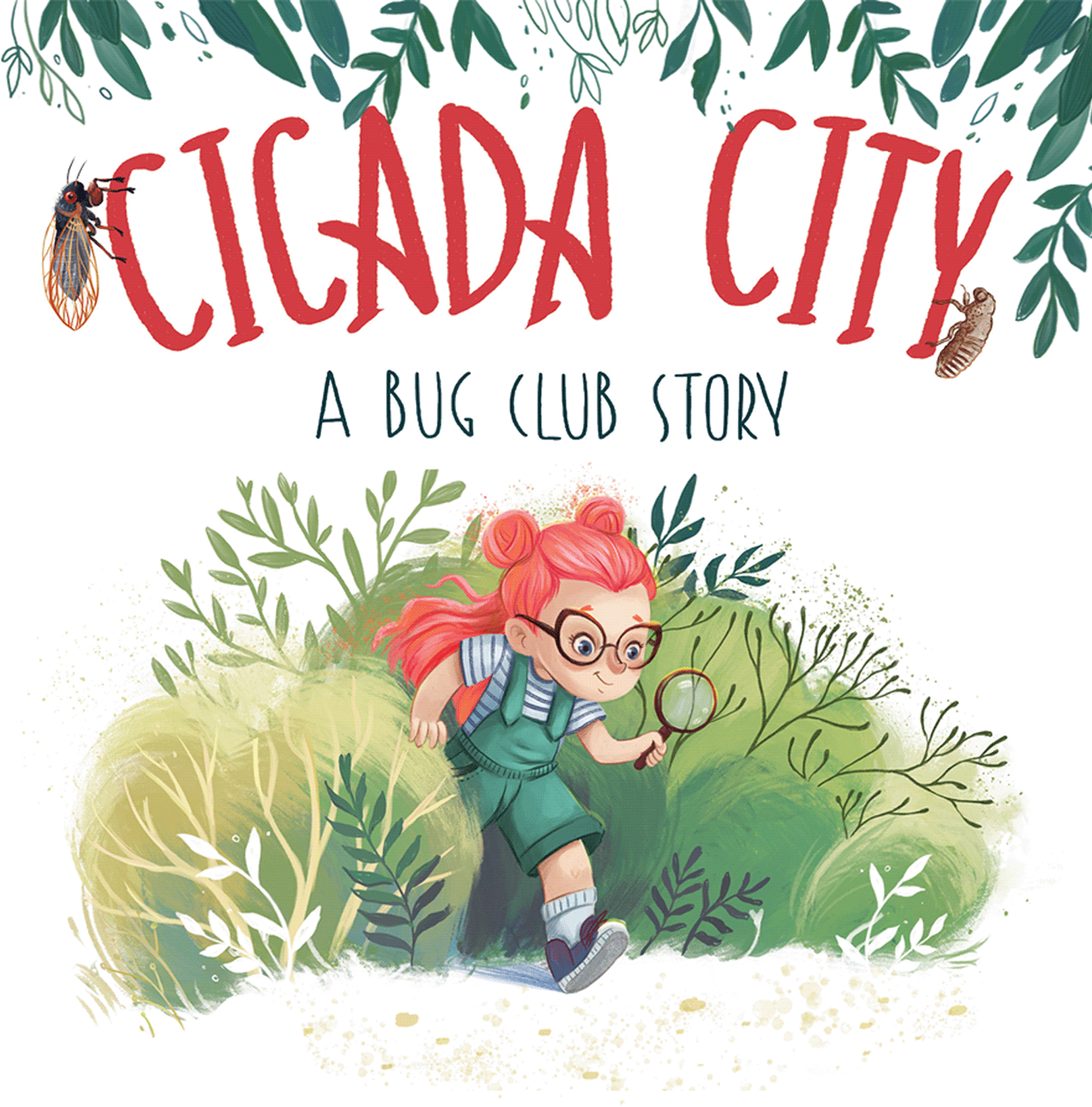
I discovered two species of aphids on my plants this summer, not a pest a gardener wants to find! I hoped the ladybugs I purchased, a natural predator, would eliminate them. Go here for a previous post about ladybugs. Neem oil, a naturally occurring pesticide, is another alternative to rid your plants of aphids.
The yellow oleander aphids, native to the Mediterranean, blanketed the top of my milkweed plants. I cut off the branch, and they have not returned.
